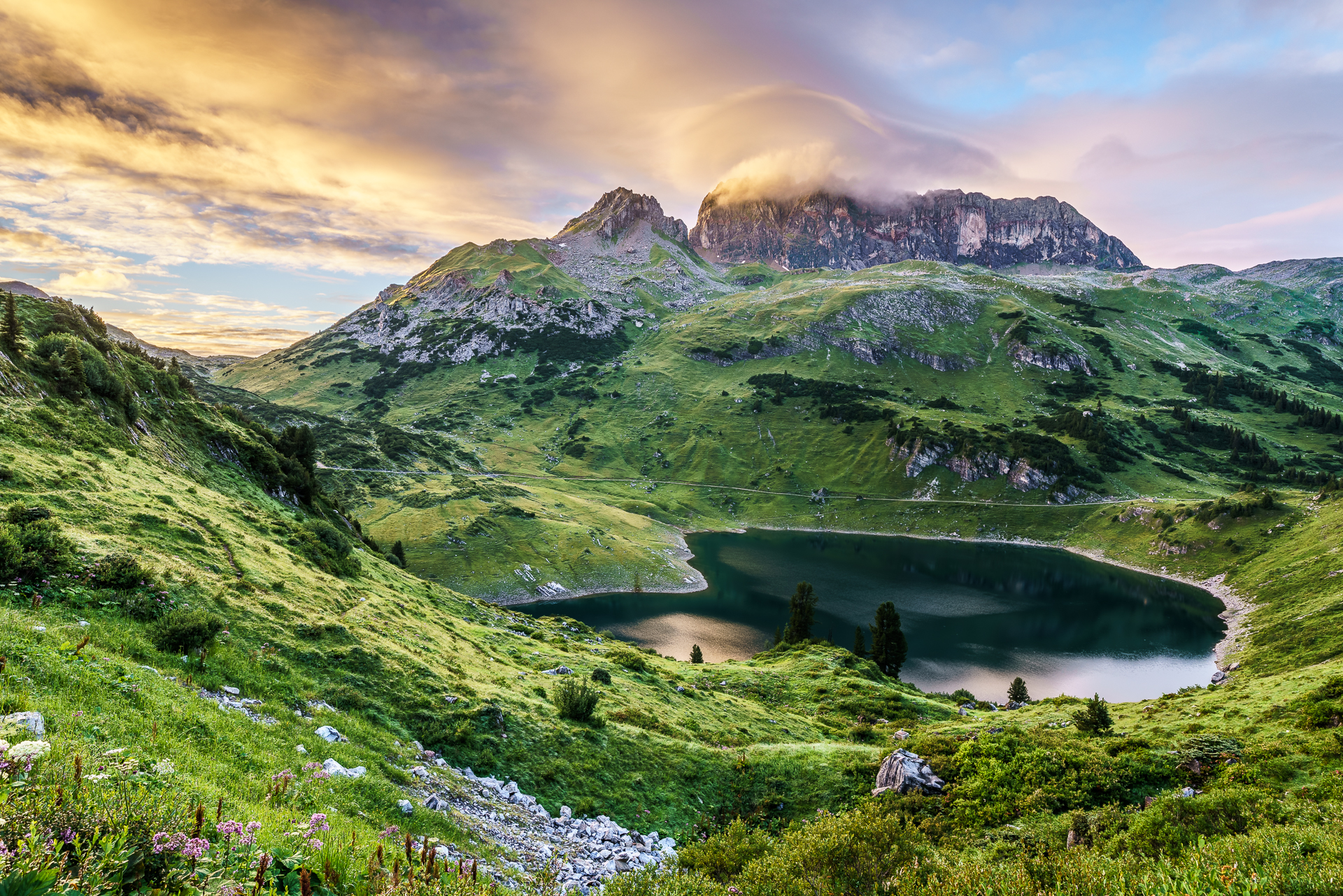
Formarinsee: a treasure between Lech-Zürs and Klostertal
It’s one of those things about the most beautiful places in the world. A superlative that arouses curiosity, awakens longing and triggers wanderlust. I also couldn’t resist when the invitation to visit the most beautiful place in Austria fluttered into the house from Austria Tourism. Since 2014, the Austrian Broadcasting Corporation (ORF) has been awarding the most beautiful place in Austria on the eve of the Austrian national holiday at the end of October as part of the programme “9 Places – 9 Treasures”. The current winner is not far from the Swiss border. Since October 2015, the Formarinsee and the Rote Wand in the Lechquellen Mountains in Vorarlberg have been able to adorn themselves with this title.
Curious to see whether the expectations will be met, we take the train to Lech am Arlberg on Thursday evening in beautiful weather. Lech is considered a glamorous ski resort and the village is accordingly spruced up even in summer. In contrast to the winter season, the summer months are more contemplative. Zürs right next door completely degenerates into a ghost town in summer, which leaves a strange impression. It’s a pity, the region offers a great and geologically exciting mountain landscape with countless kilometres of hiking trails.
On the Lechweg into the Lechquellen Mountains
One of the countless kilometres of hiking trails is the Lechweg, which leads from the source of the Lech at Lake Formarinsee in 120 kilometres to the Lech Falls in Füssen in the Allgäu. The first stage starts at 1,850 m above sea level at Lake Formarinsee and ends 14 kilometres later and 600 metres lower in Lech. The starting point on the Formarinalpe can be reached by hiking bus from Lech. Since our destination for the day – the Freiburger Hütte – is located opposite the Rote Wand above the Formarinsee, we set off in the opposite direction. Instead of going downhill, we hike the Lechweg uphill. The hike in the opposite direction can be done in four to five hours.
In contrast to the previous evening, the weather shows its unstable side. The announced rain holds back gallantly and only starts on the last kilometer to the hut. The hiking trail leads mostly with a constant incline directly along the water through an idyllic valley landscape. It gets adventurous when crossing the golf course near Zug. There, signs warn of “danger to life from flying balls”. If you want to refresh your feet, you will find a beautifully laid out Kneipp facility not far from Zug on the side of the road. A must-stop – in my opinion (in contrast to the most beautiful place) – is the Älpele inn halfway between Lech and Formarinalpe. Actually, we weren’t ready for a break yet, but we were on our way so fast that we would have reached our destination too quickly without a break. The snack stop in the Älpele came just in time. Nothing special from the outside, I almost gasped when I looked inside. Great. This is exactly what a cosy alpine pub should look like.
Formarinsee – The most beautiful place in Austria is so beautiful
The first encounter with Lake Formarinsee is not very exhilarating. The drizzle has set in and the fog has the mountain terrain under control. So we first treat ourselves to a hot chocolate and homemade cake at the Freiburger Hütte. We have time to wait for the announced fair weather front. In view of our bad weather timing this summer, the hope that it will clear up in time for sunset is fading. But the mystical-magical something that is said to be the Formarinsee lives up to its reputation on this day and we can hardly believe our luck. Shortly after eight o’clock in the evening, the clouds slowly dissipate and reveal a fantastic panorama. Finally we see the striking red wall, which with its 2,700 meters of altitude is the second highest elevation in the Lechquellen mountains and is home to the largest ibex colonies in Europe. Perfect light, phenomenal atmosphere! The photo’s heart jumps for happiness.
After a hearty night in a hut, it’s time for a night’s rest at ten o’clock. The Freiburger Hütte is comfortably furnished. It has hot showers, electricity connections, Wi-Fi and a total of 140 beds spread over rooms and mattress storage. We are housed in a camp with six beds and a relatively large amount of storage space. It’s a short night for the boyfriend. The alarm clock rings him out of his sleep at 3:30 a.m. to capture the announced Perseid shower with a time-lapse recording. Shortly before six o’clock in the morning, I follow him outside. The fact that a superlative does what it promises is shown by the wonderful morning mood, which is kitschy beautiful with wafts of fog over the lake basin and the cloudless blue sky. Of course, this requires good weather – but we have earned it hard this summer.
From the Freiburger Hüte downhill to the Klostertal
The subsequent descent on the newly opened “Stebok-Wäg” themed hiking trail from the Freiburger Hütte down into the Klostertal was admittedly more of a chore than a freestyle. Ibexes are hardly to be seen on the way down into the valley. Nine stations provide information about agriculture and alpine farming in the valley, about the special geology and the Formarinsee. If you don’t feel like descending into the valley at this point, we recommend the hut tour over the Gehrengrat to the Ravensburger Hütte. We, on the other hand, bravely hike down into the valley and leave the barren rock massif of the Rote Wand behind us.
We are accompanied on the descent by hiking guide Andrea Fritze, who gives us another surprise. Shortly after the Mustrinalpe, the hiking trail plunges into the forest and passes not far from a babbling mountain stream. While the Fallbach, one of the largest waterfalls in western Austria, on the opposite side of the valley, plunges almost a thousand metres into the valley, the waterfall not far from the Stebok-Wäg is a well-kept secret. In the near future, it will be developed with a path. Andrea led us along a trail through the thicket to this well-hidden place.
Arriving in the valley, we meet an old acquaintance at the Gasthof Post in Dalaas. Since Gustav Jantscher took over the kitchen, the inn has become an insider tip among connoisseurs. We have already been able to enjoy his fine creations at the Hotel Paradies in Ftan and the homemade Postburger can meet the high expectations in this regard.
Aussichtsreiches Bergfrühstück
Our short trip to neighbouring Vorarlberg ends – how could it be otherwise in Austria – with a culinary treat. We start Sunday with a fine mountain breakfast in the Sonnenkopf mountain restaurant with a panoramic view of the Rote Wand. With its “Bear Sanctuary”, the Sonnenkopf is a popular destination for families. For us, the hustle and bustle around noon with all the day-trippers who flock to the mountain on this magnificent summer Sunday is too much of a good thing. Time to make your way home and reminisce about the wonderful atmosphere at the most beautiful place in Austria.
Practical tips about the most beautiful place in Austria
- In Lech we stayed at the Hotel Aurora, which surprised us with a fine half-board menu in the evening
- From an overnight stay in Lech, the Lech Card gives you free travel on the cable cars and local buses
- If you take the local bus to the starting point of the Lechweg, you will also have to pay a fee of 5 euros with the Lech Card, as the road to the rear of the Zug Valley is subject to tolls
- For non-Alpine Club members, an overnight stay at the Freiburger Hütte costs 19 euros in a mattress room and 21 euros in a dormitory. Half board costs 27 euros. Current prices can be found here: Services and prices Freiburger Hütte
- The best chance of meeting ibexes is on the ascent to the Rote Wand
- Hidden behind the Gasthof Post in Dalaas is Europe’s largest artificially created salt grotto.
Note: Our visit to Vorarlberg took place as part of a blogger trip at the invitation of Austria Tourism, Lech Zürs Tourism and Klostertal Tourism. As always, here are only my personal impressions and opinions.


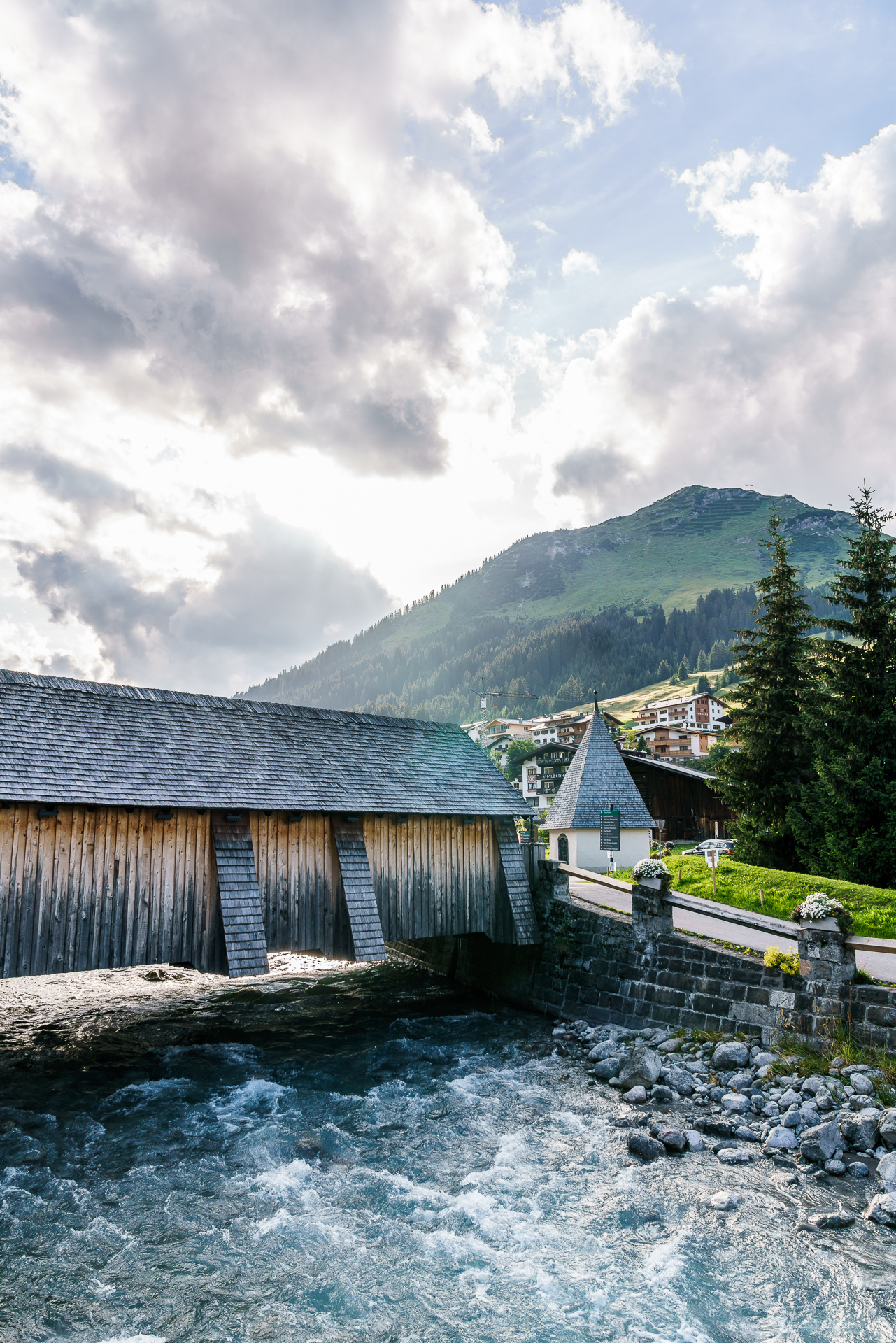

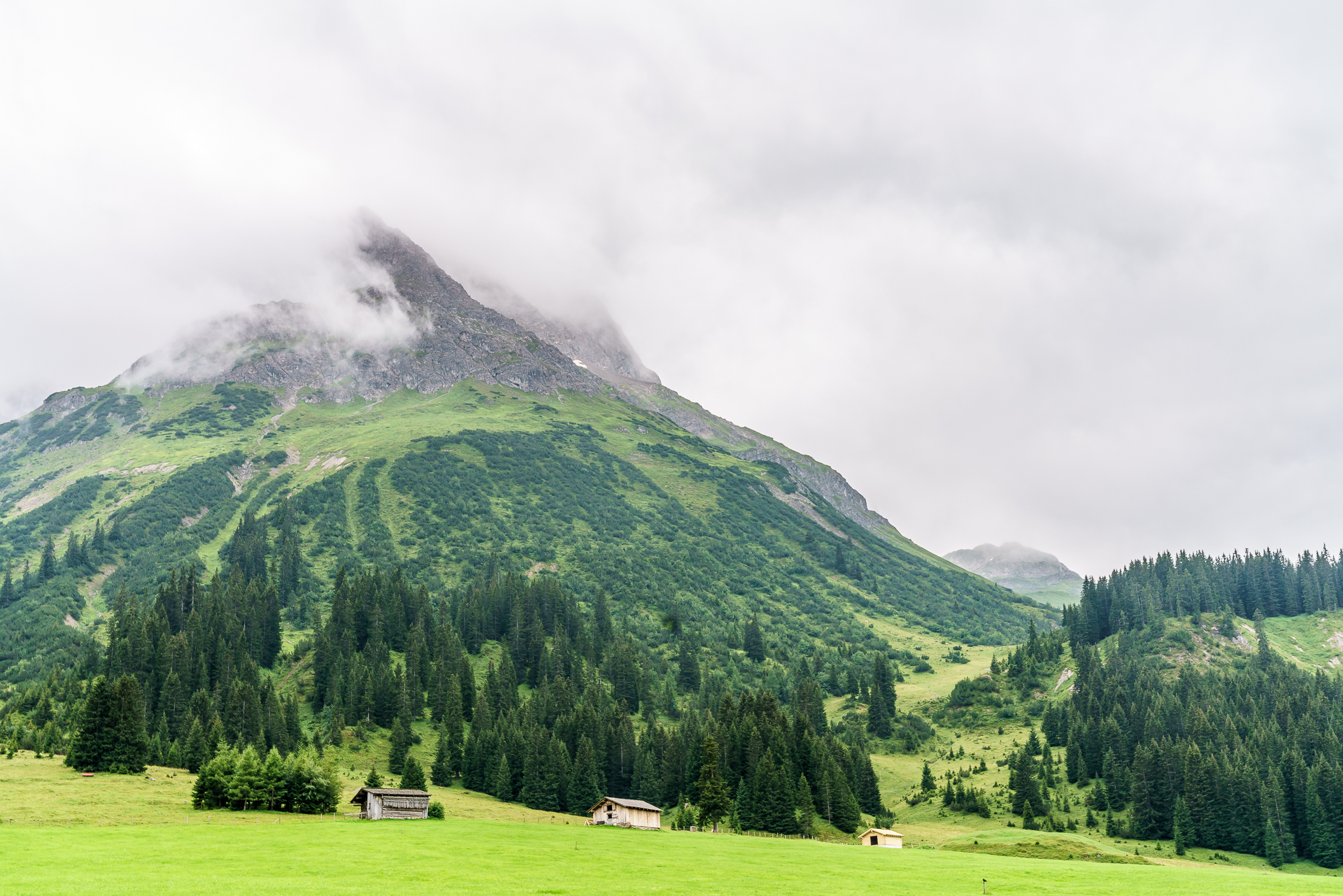
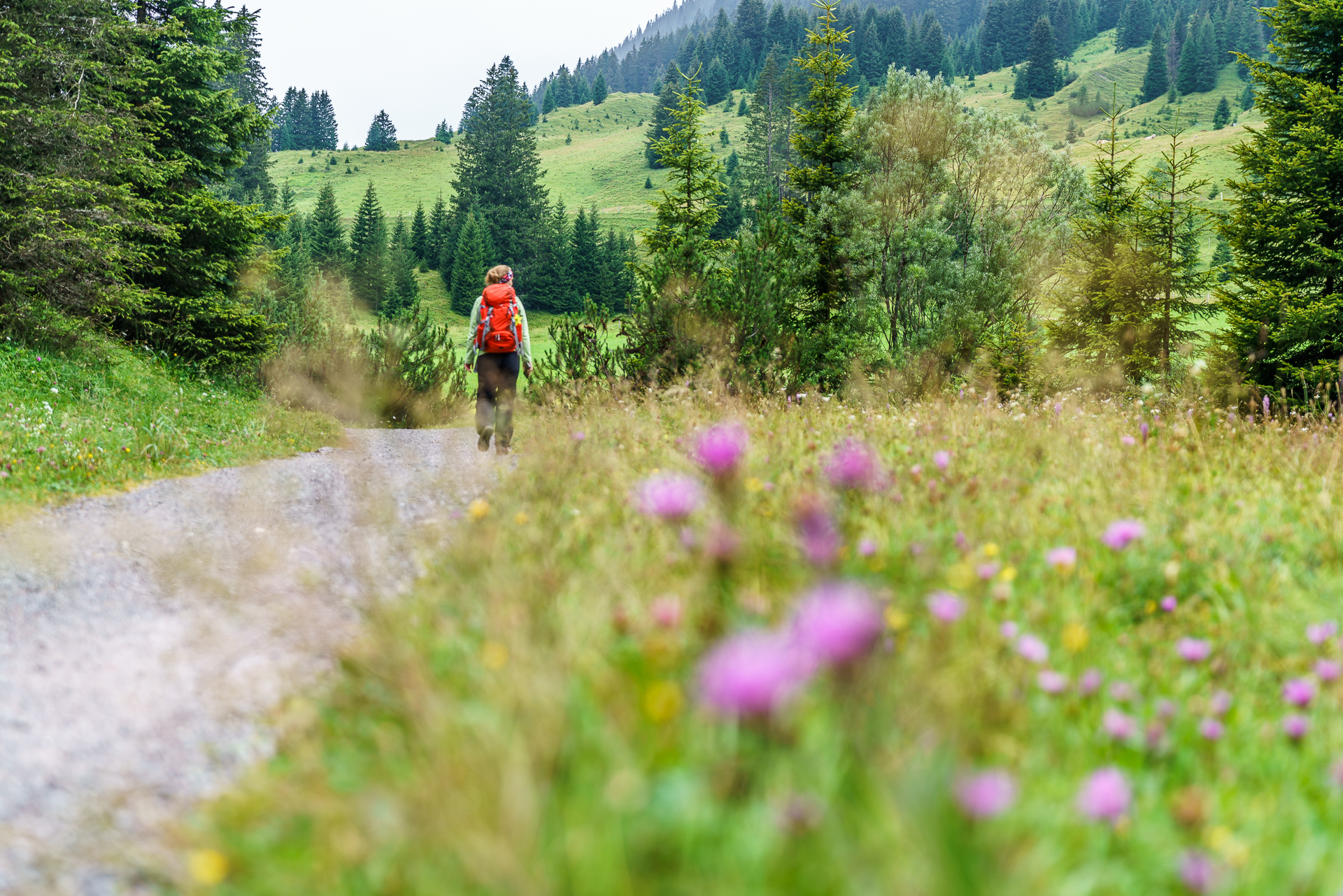
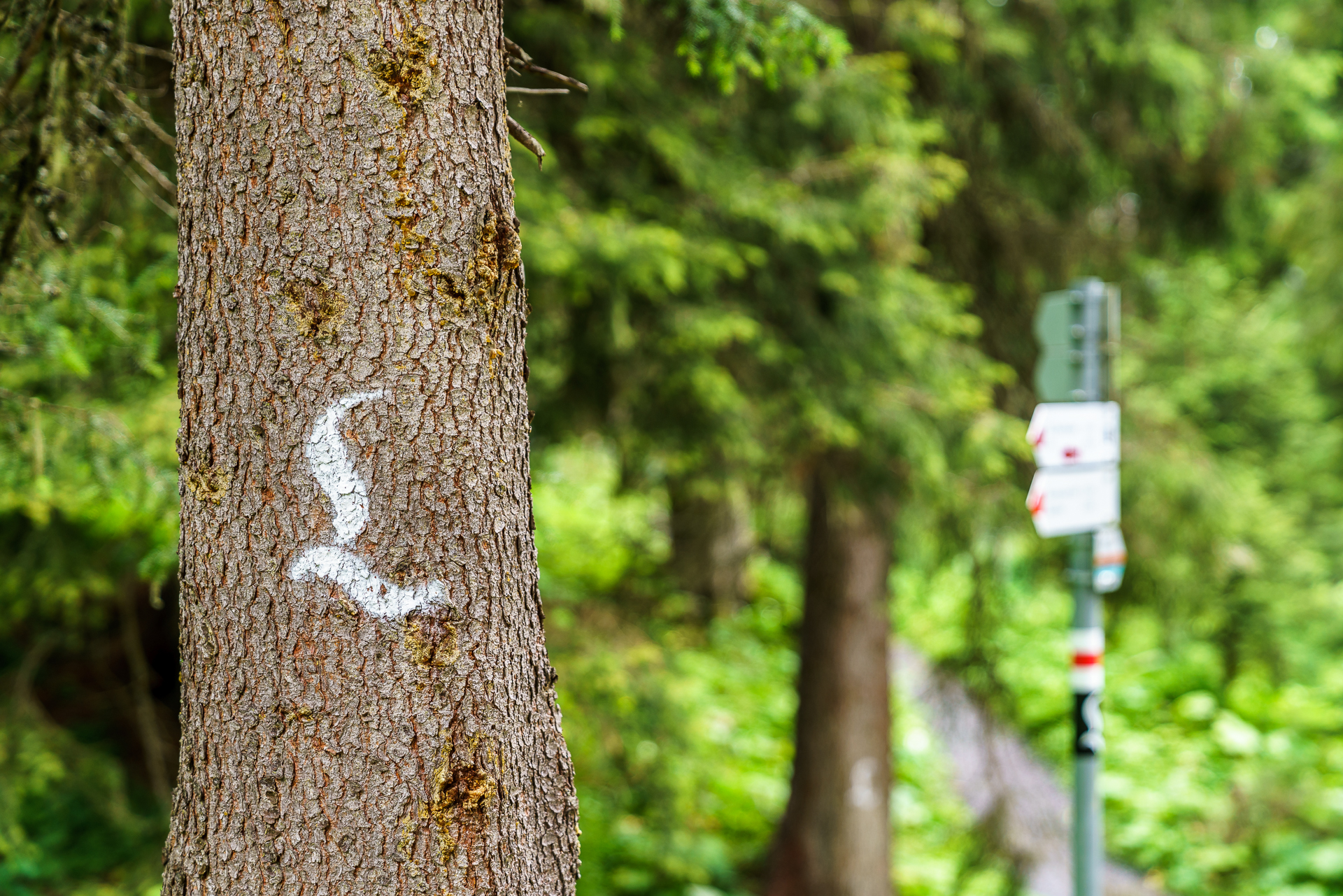
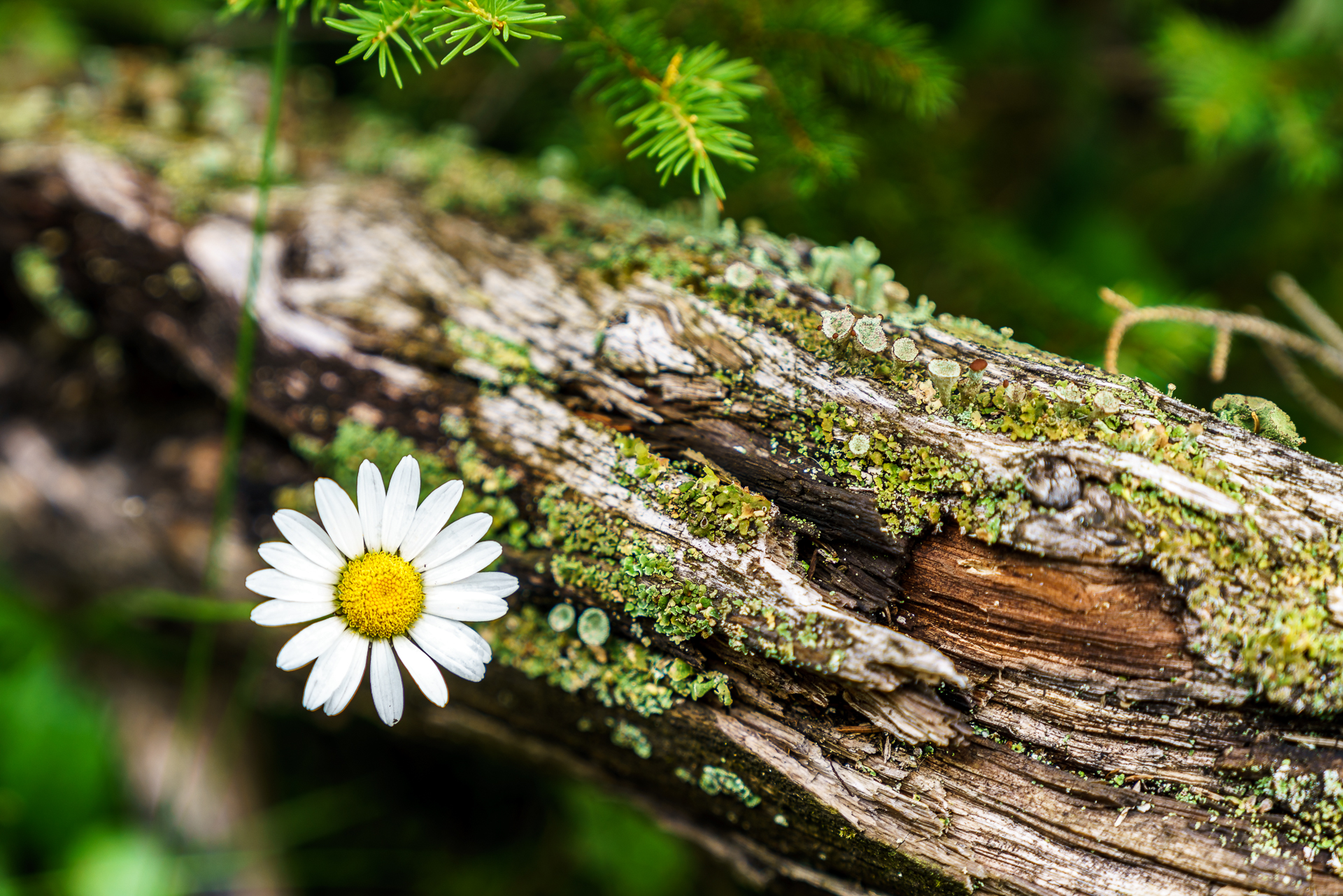
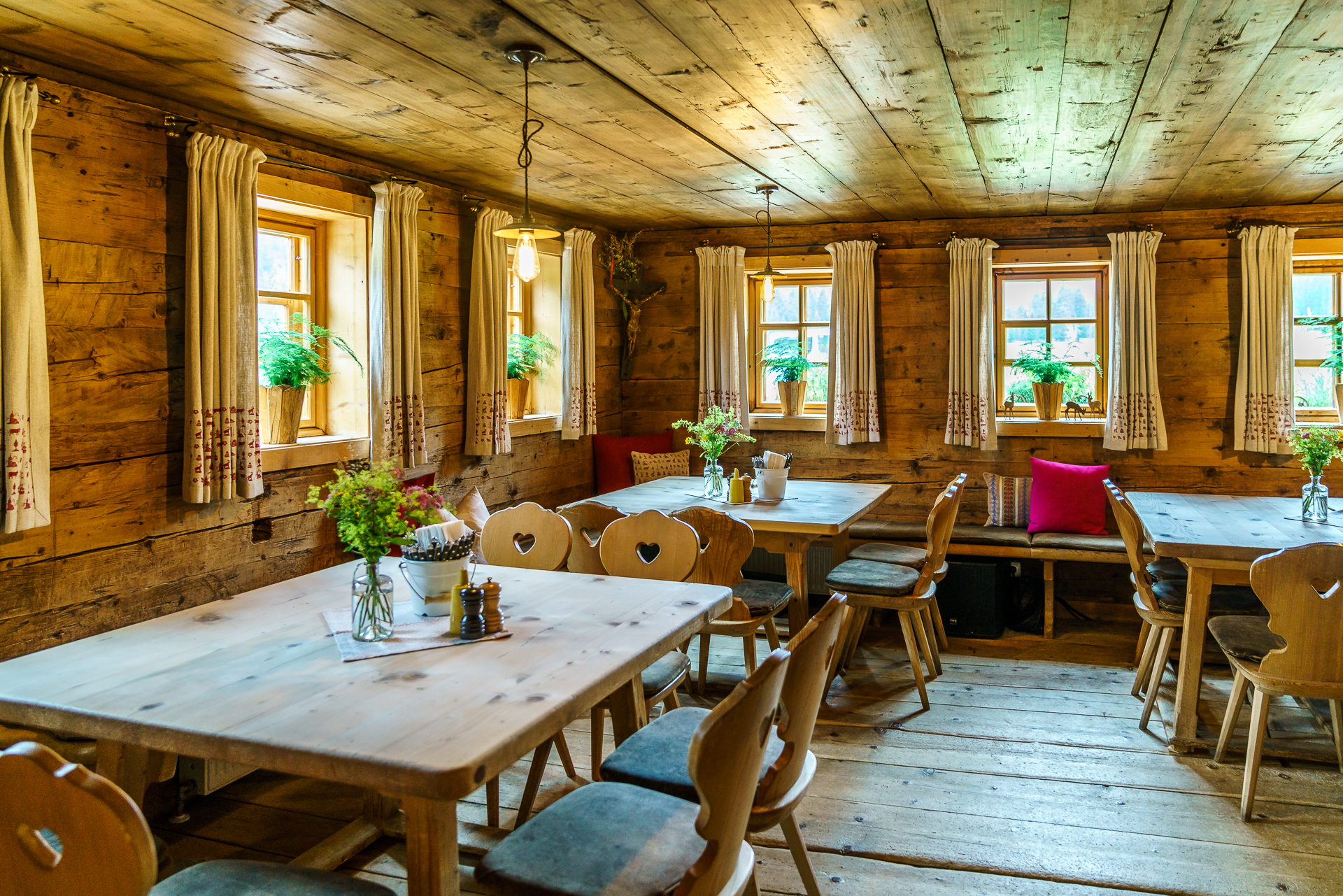

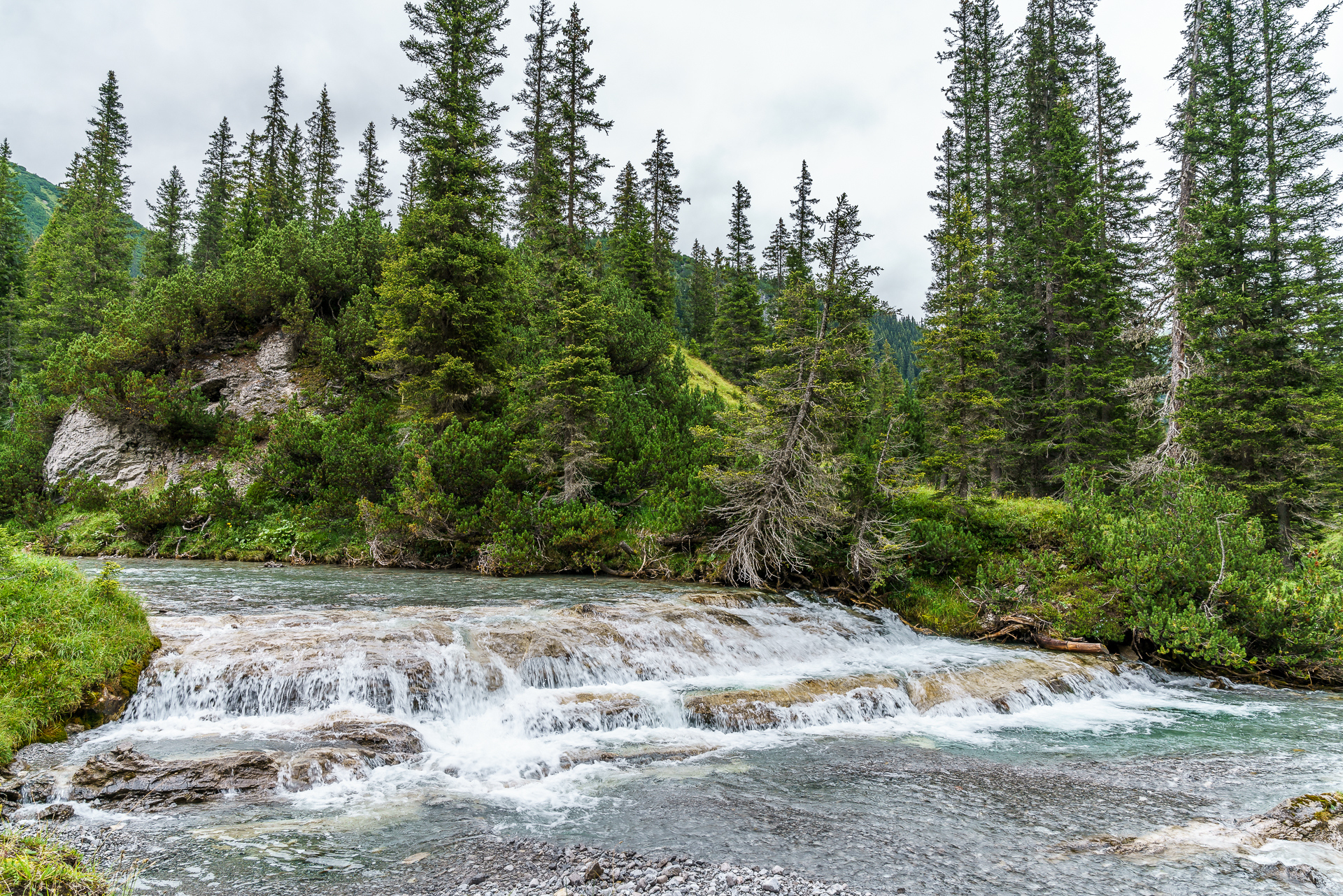
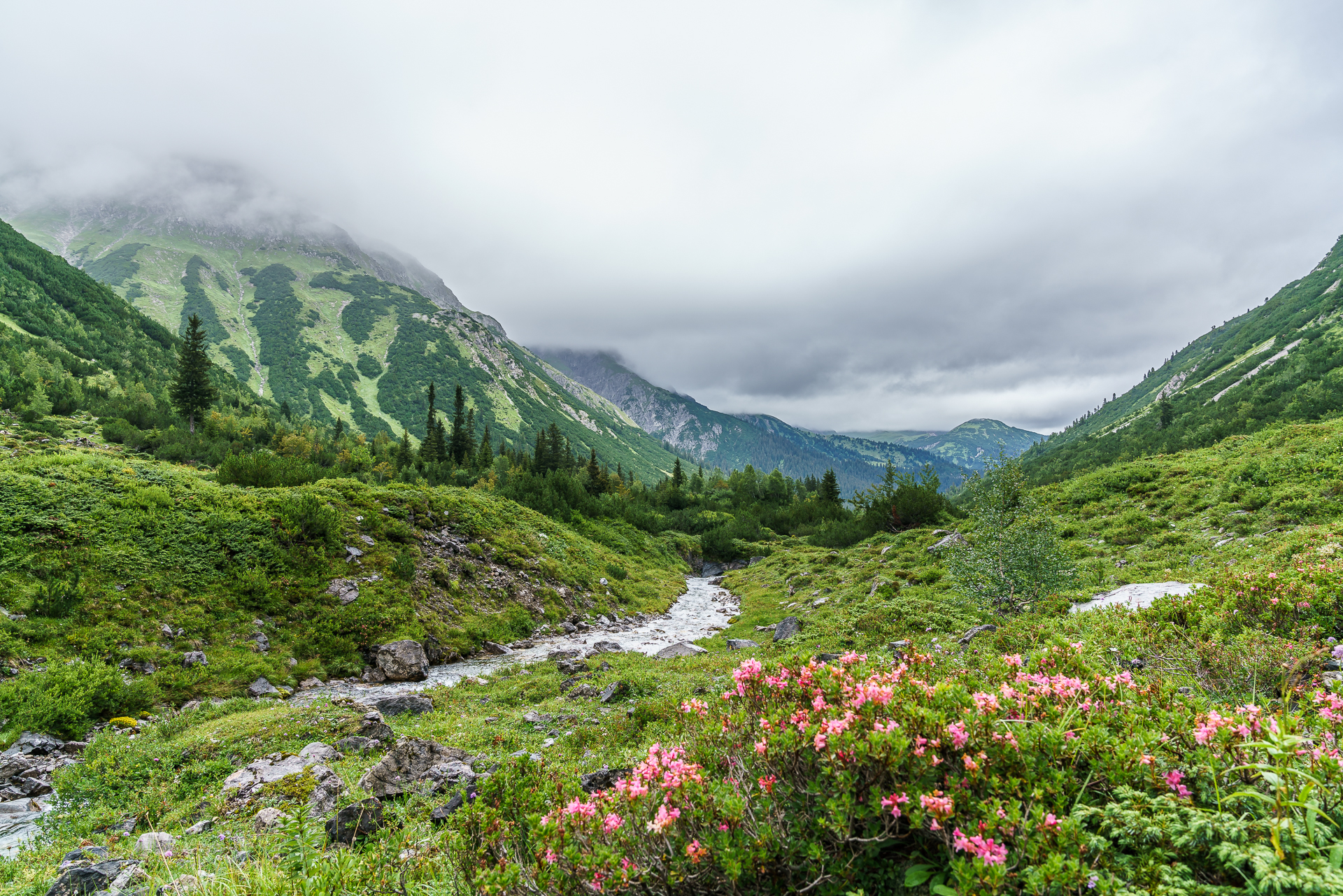
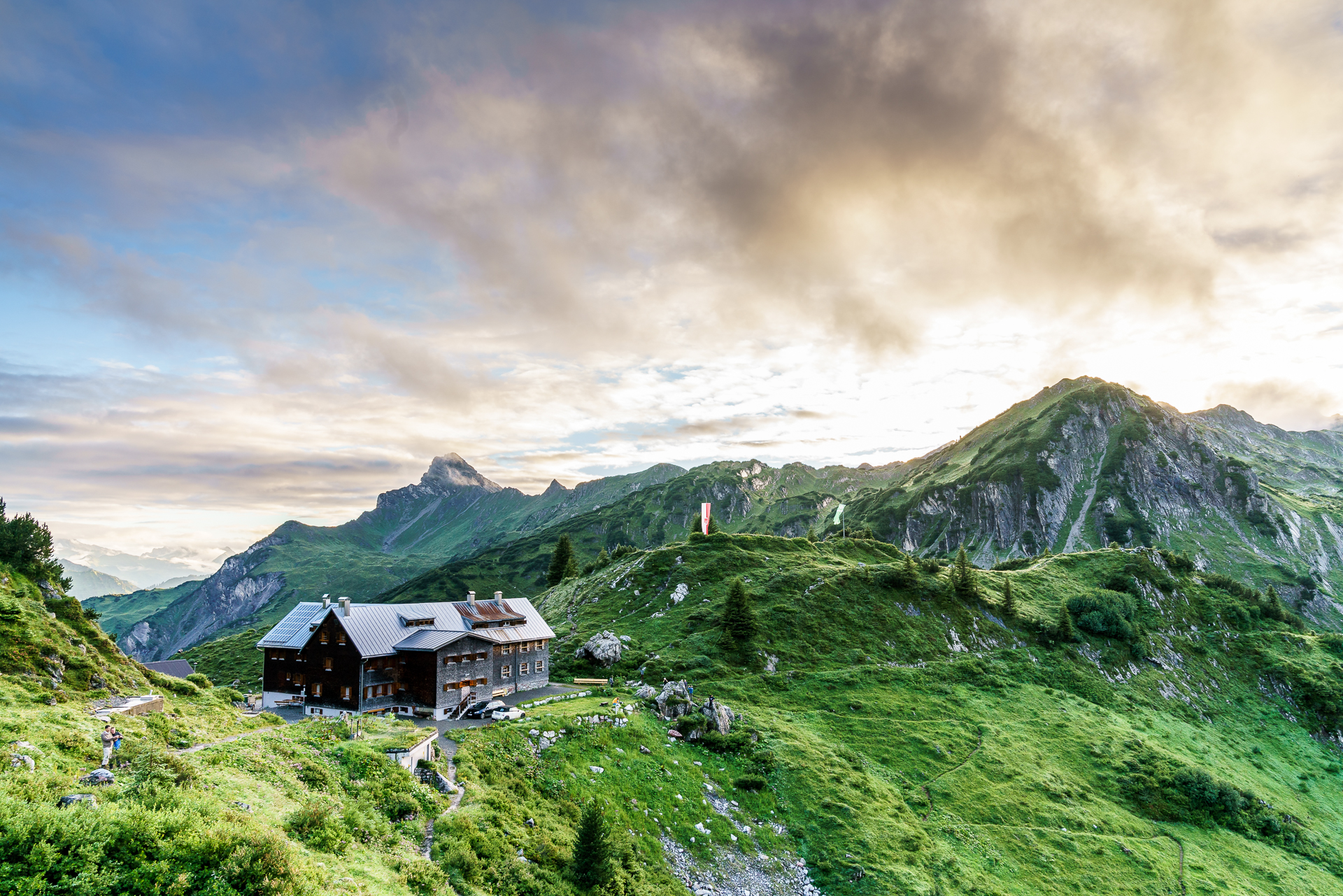
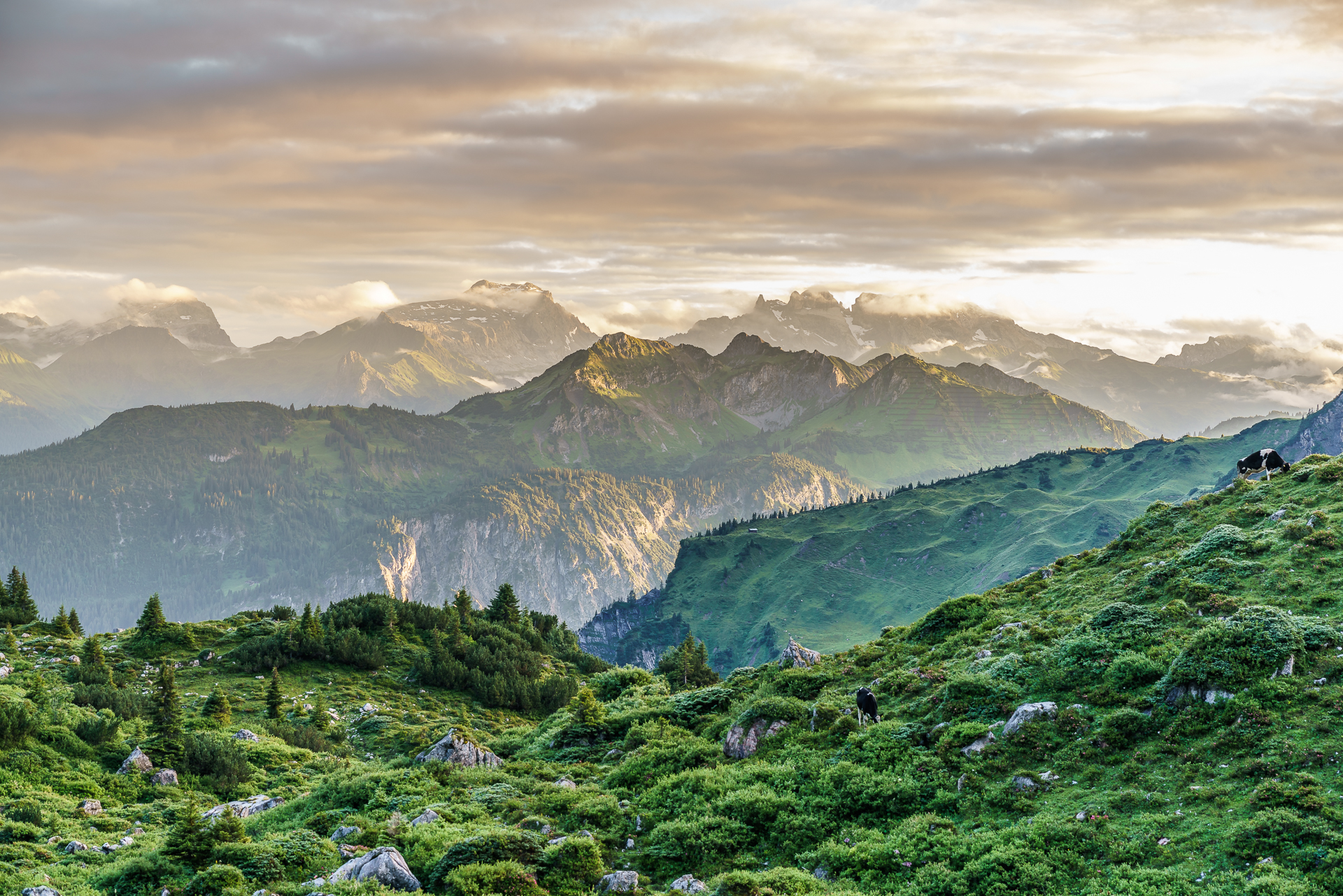
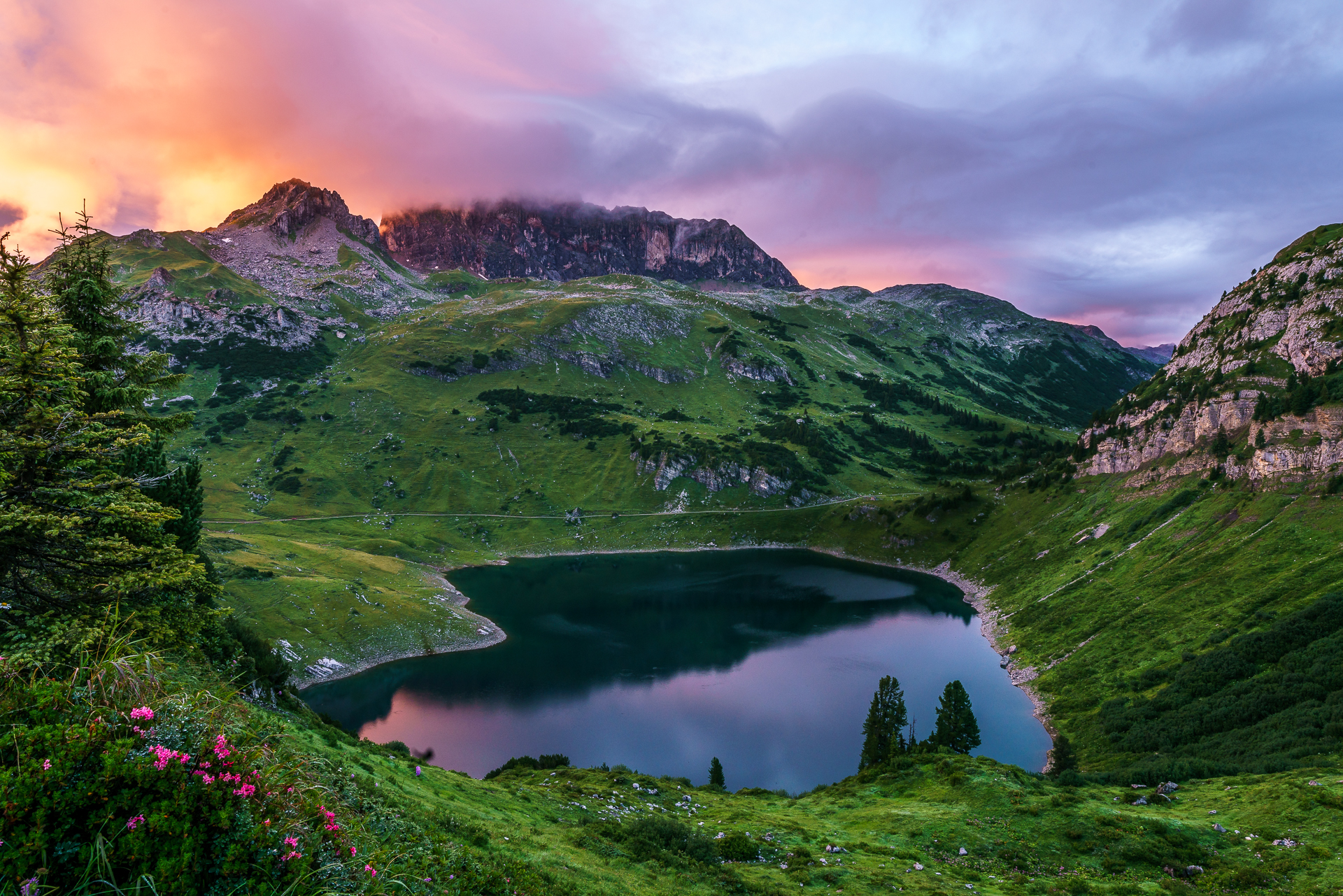

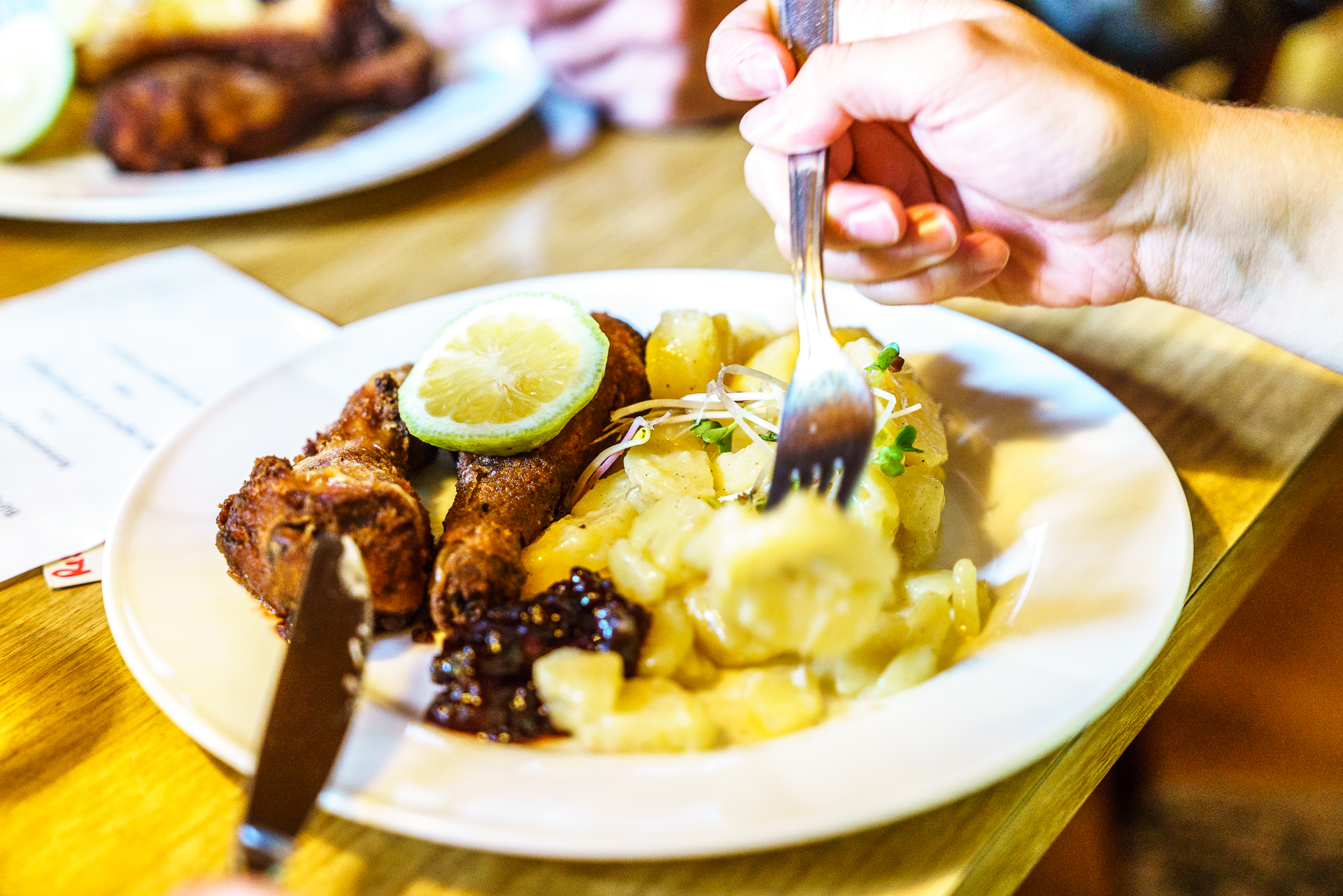
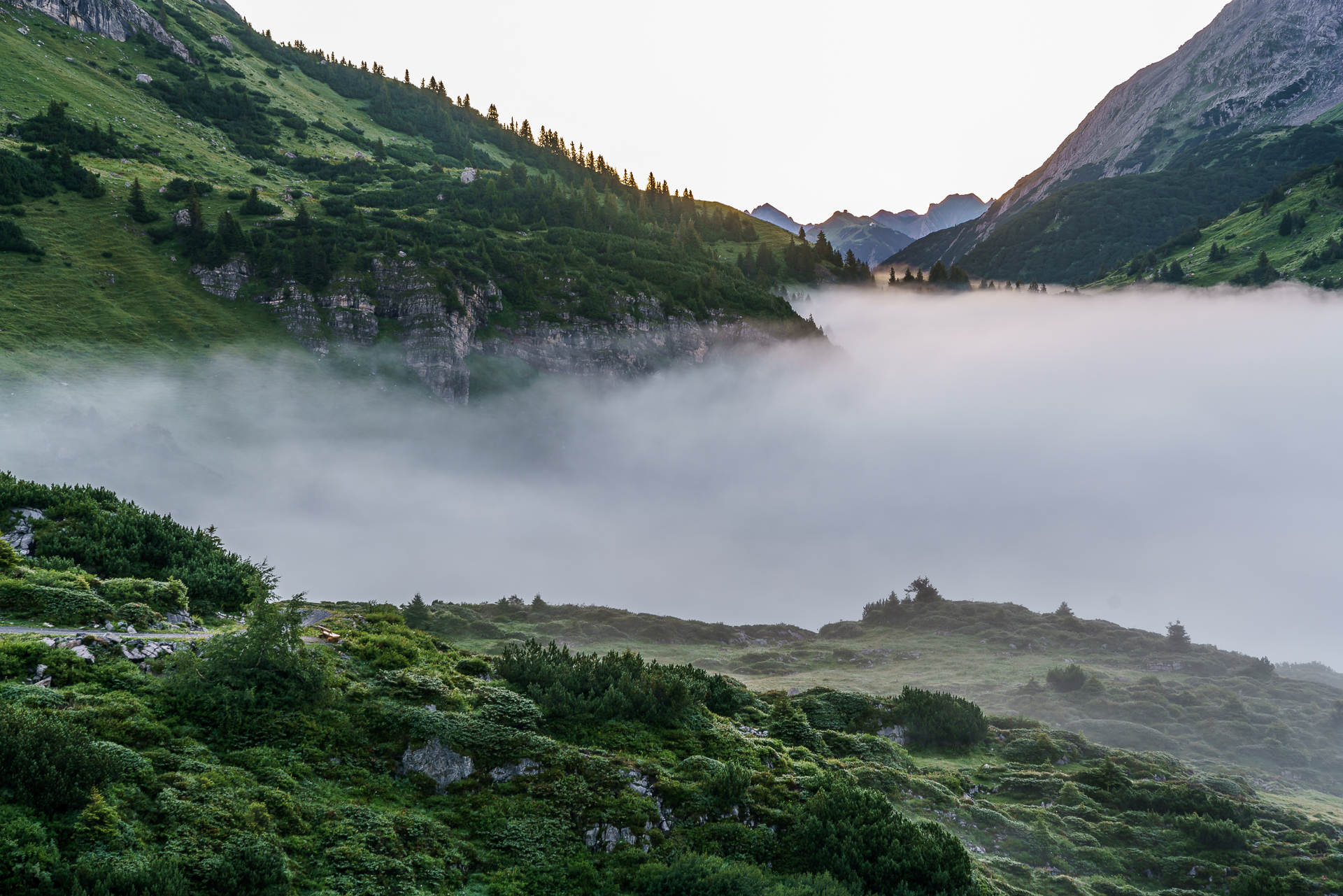
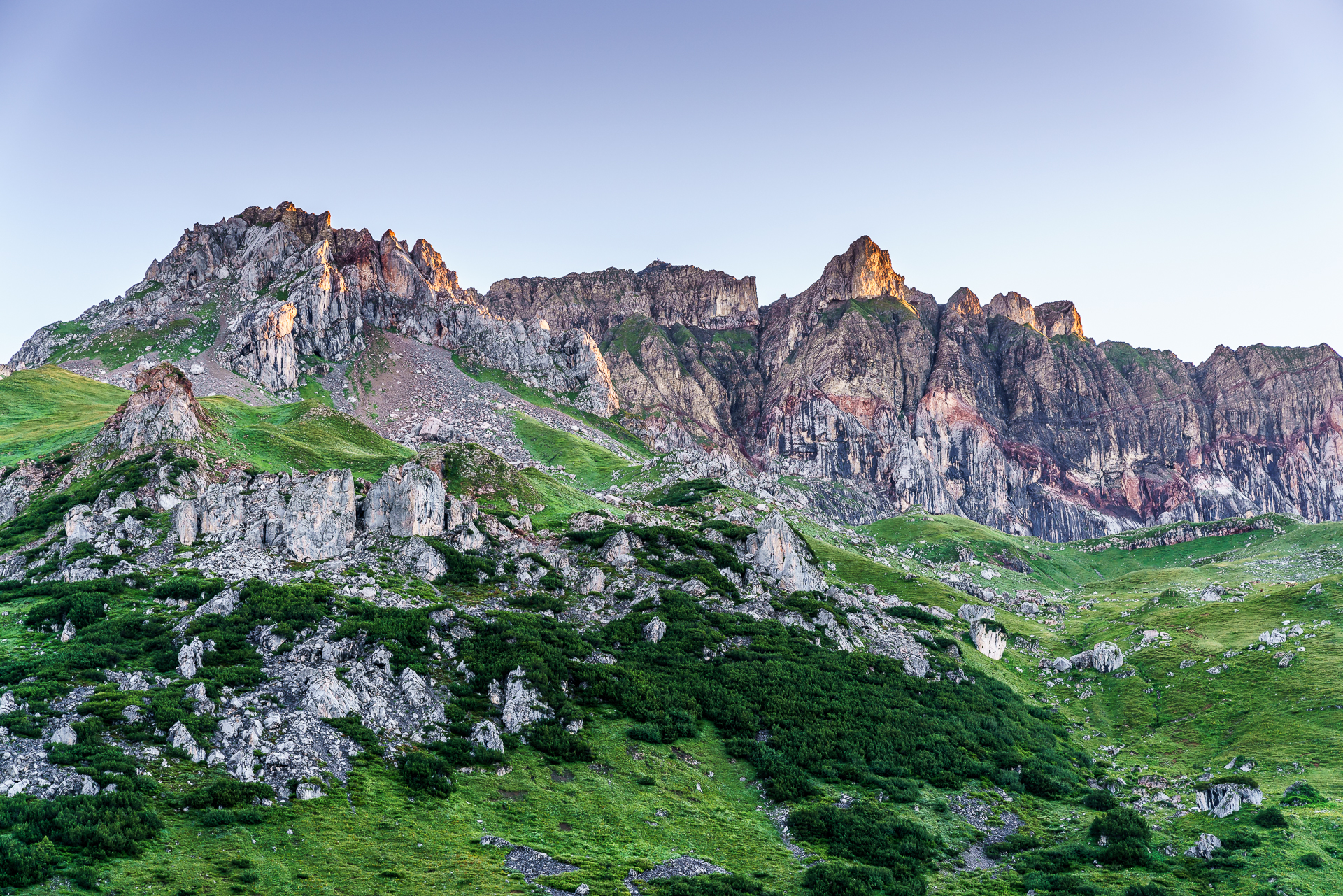
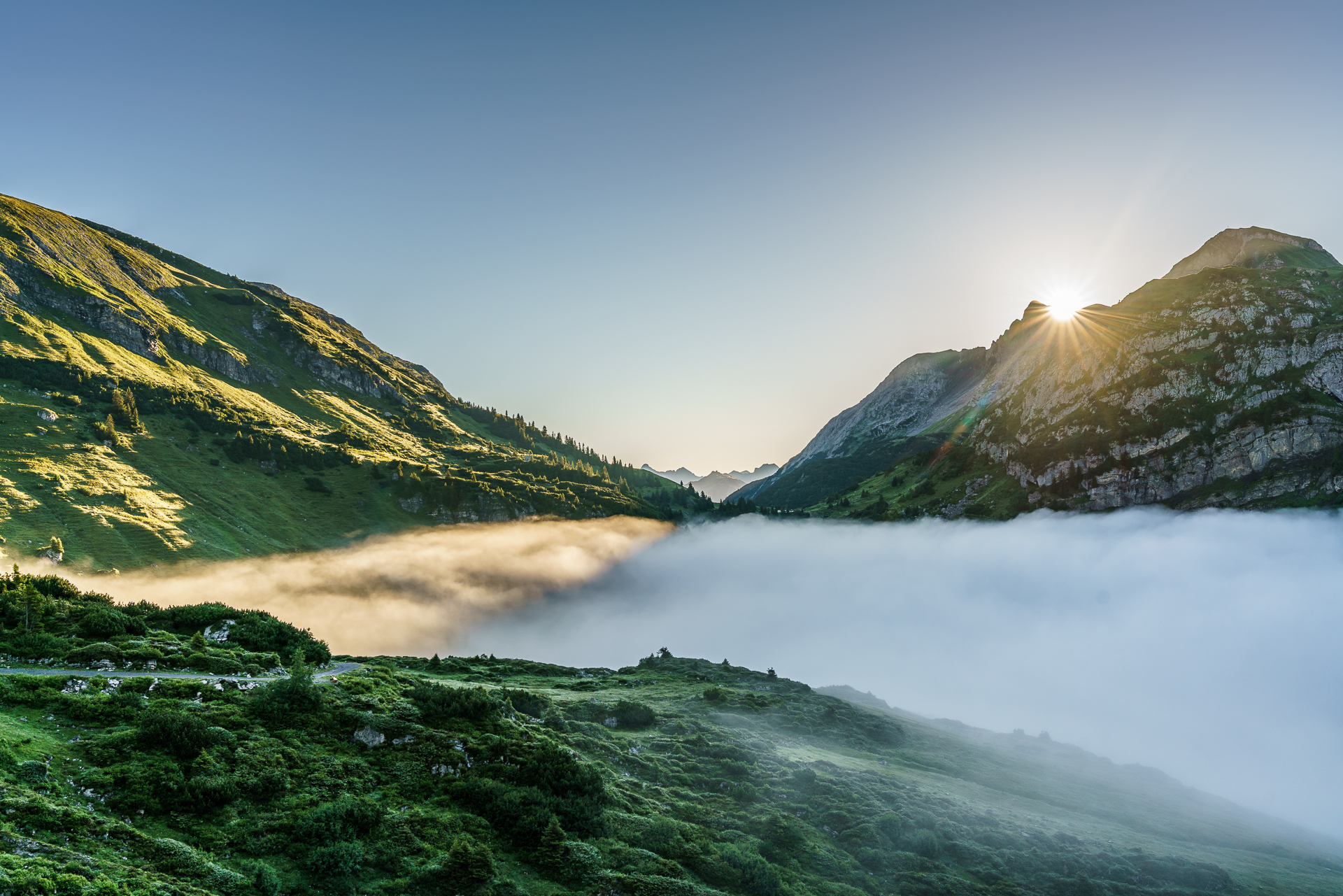
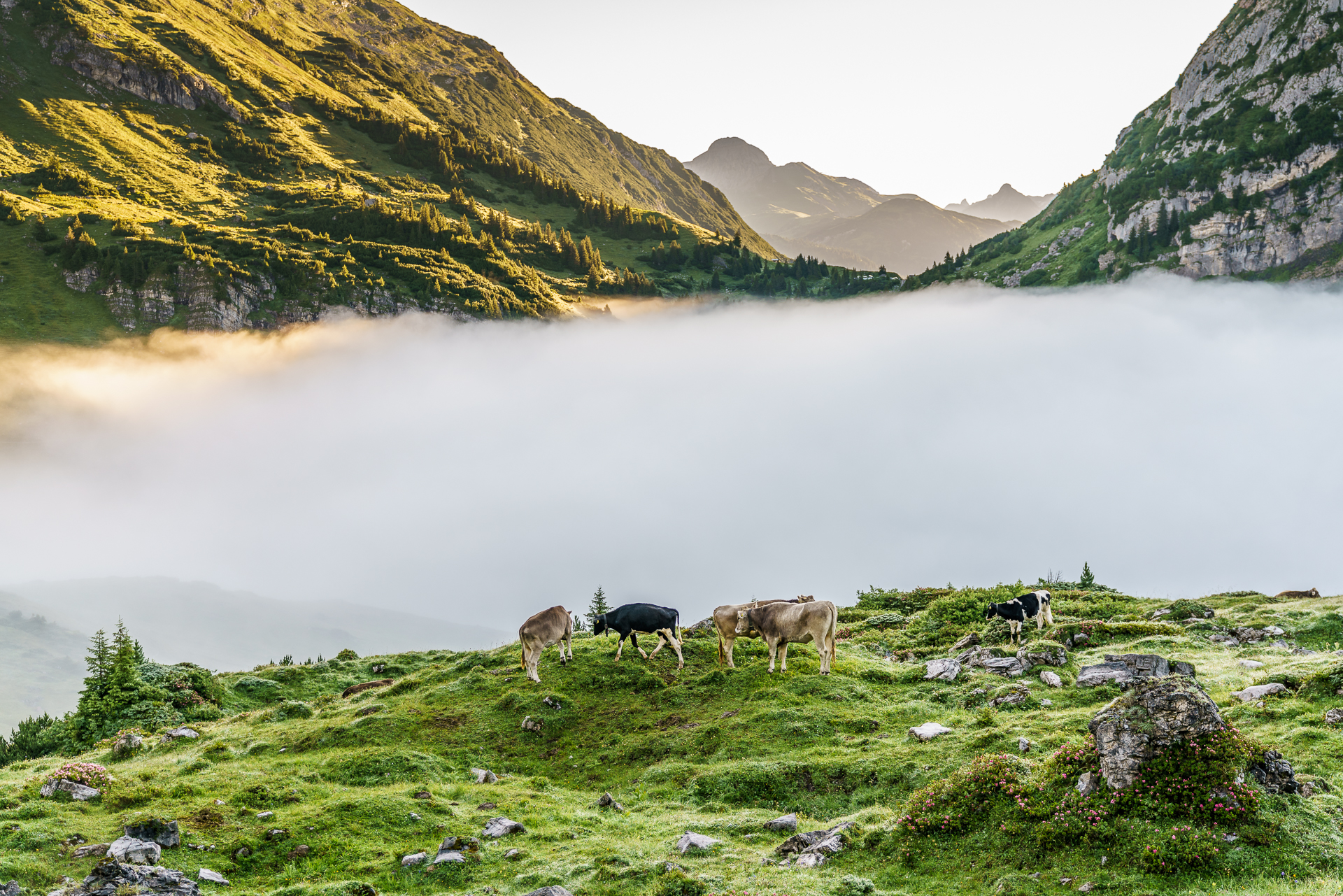
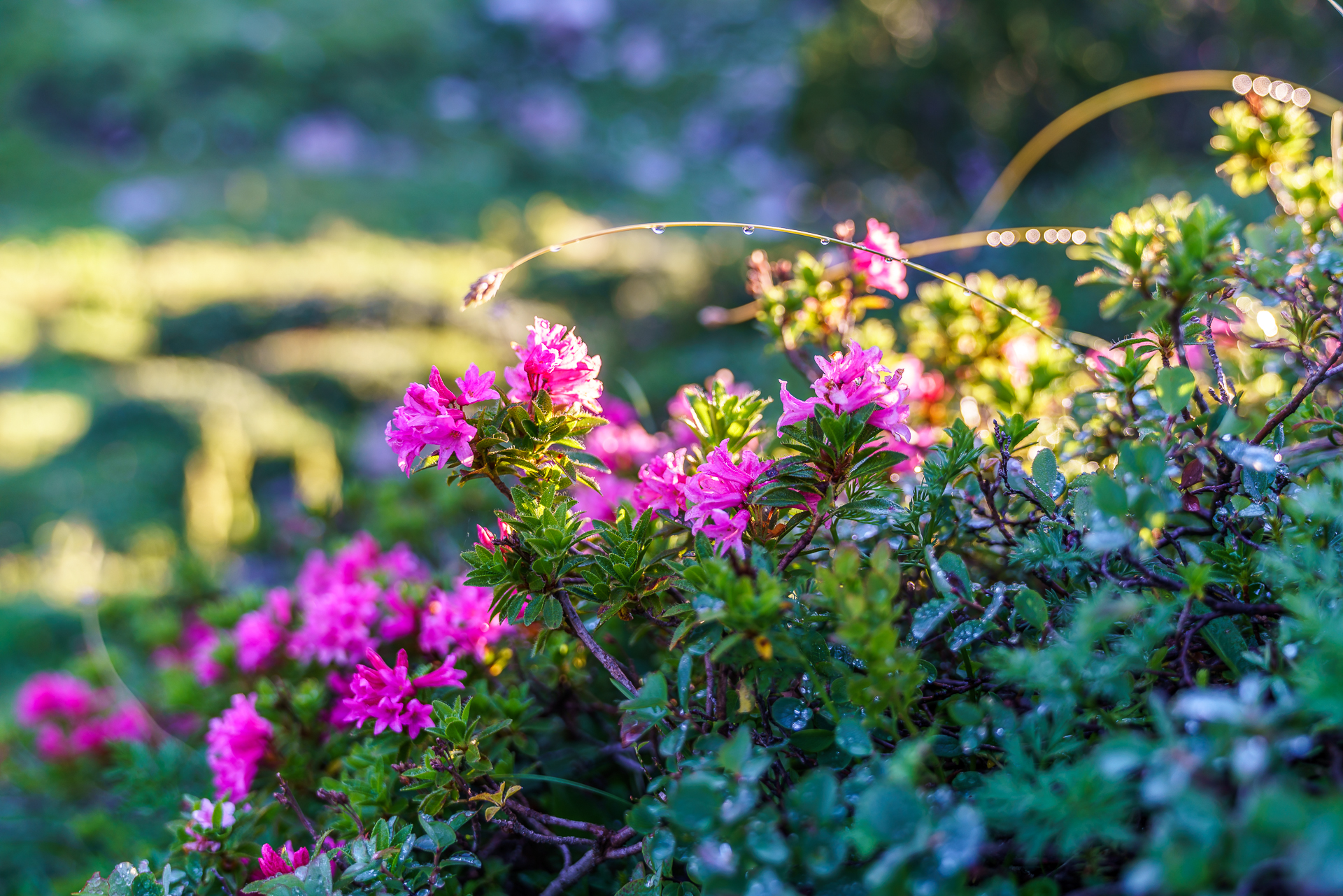
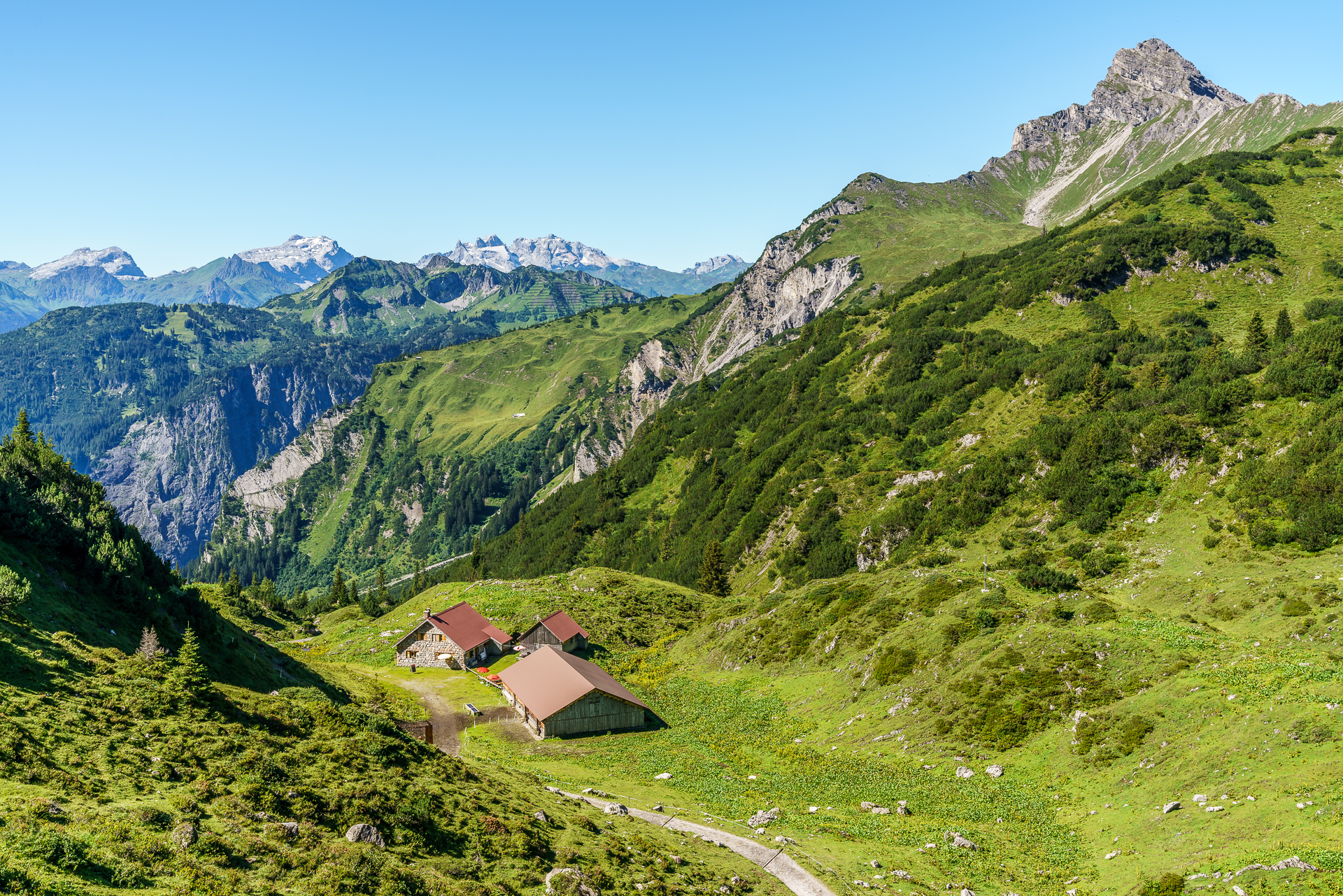
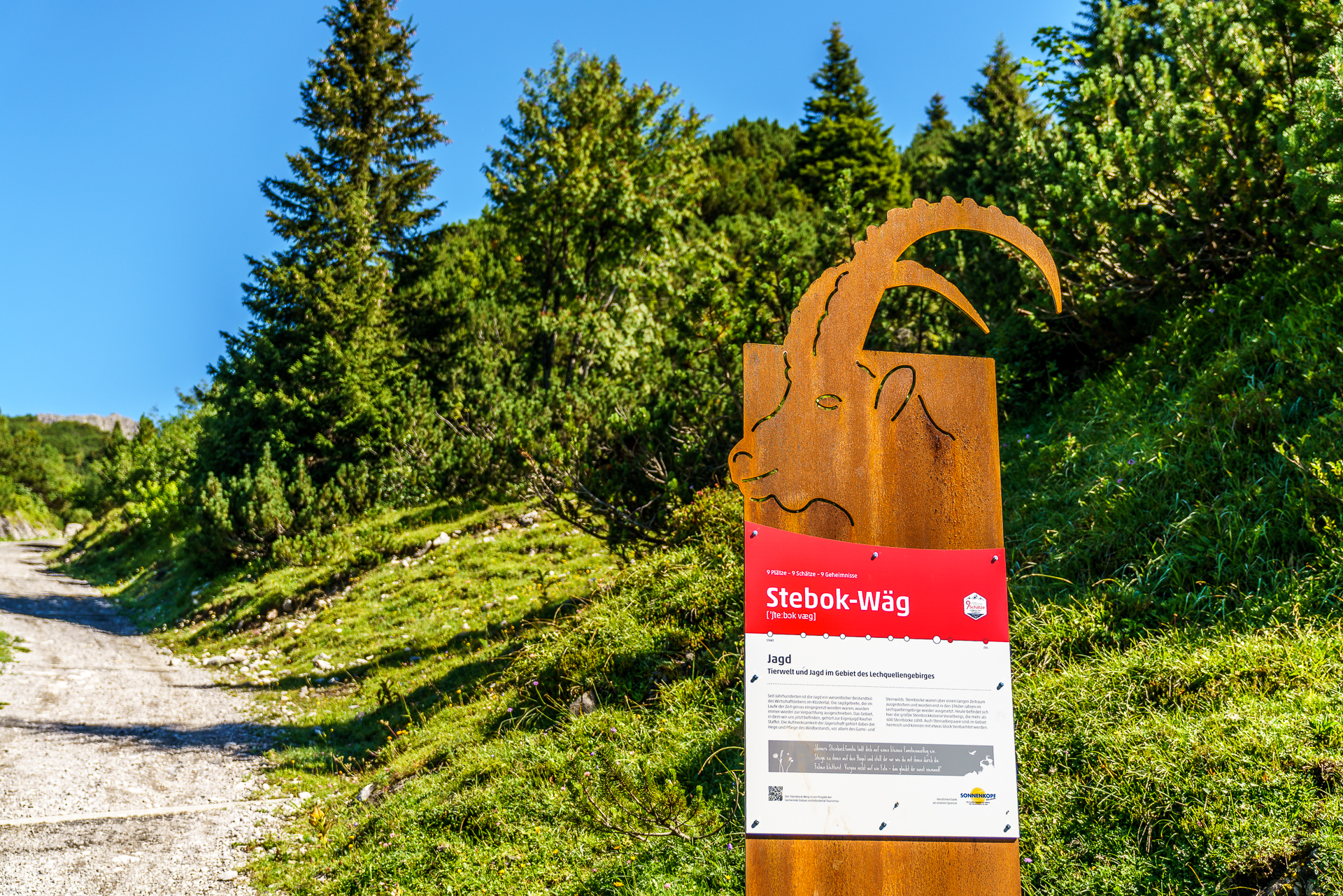
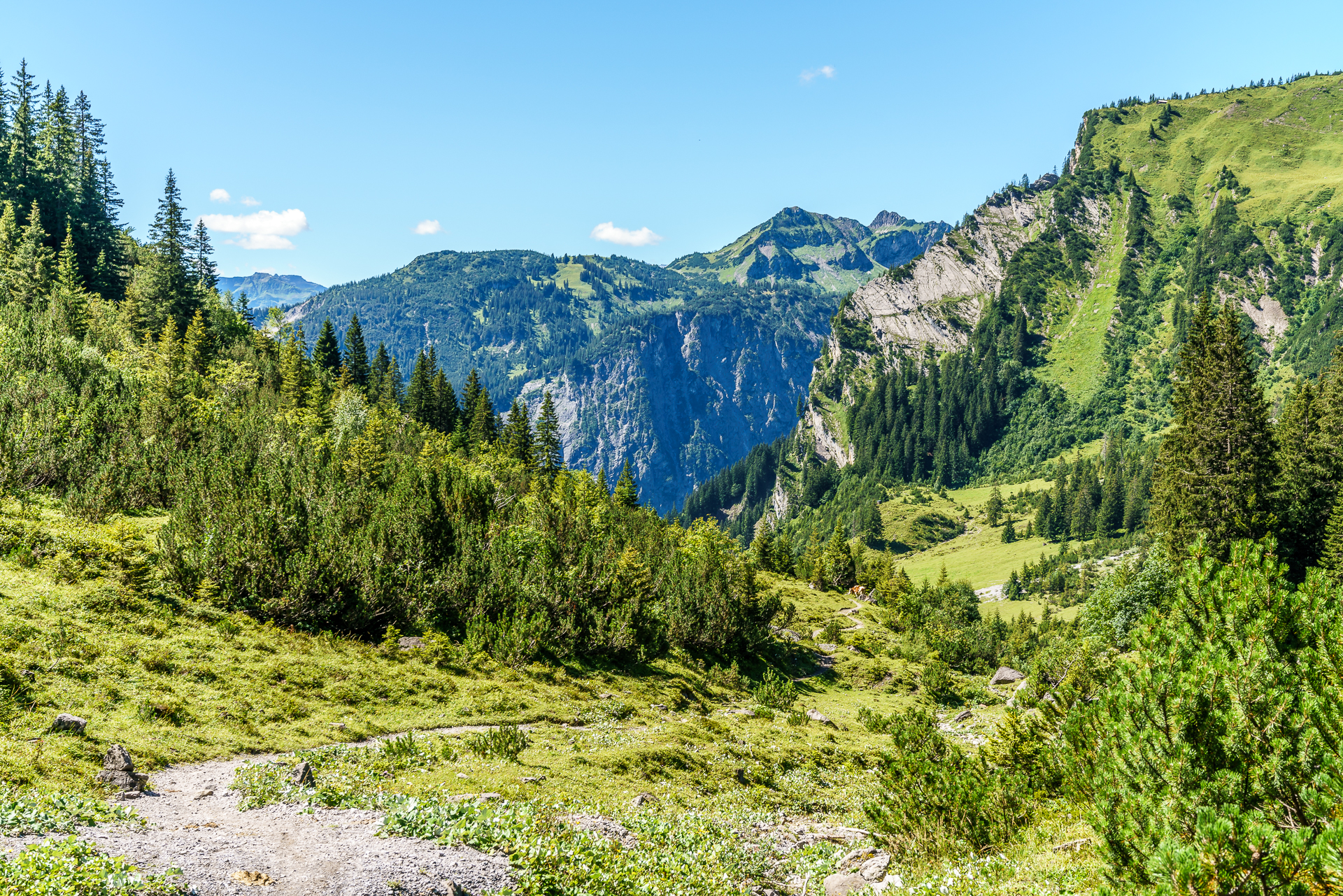
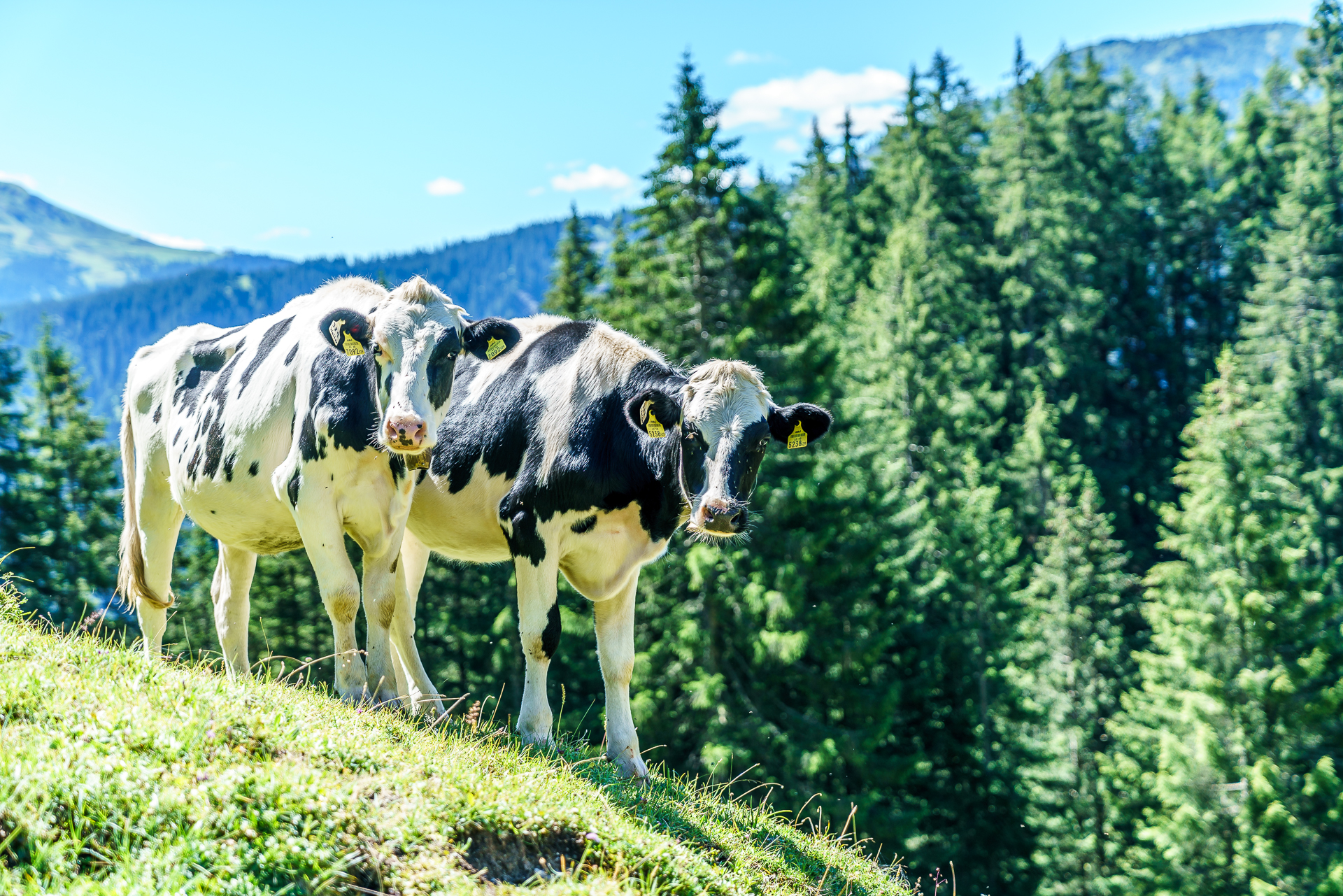
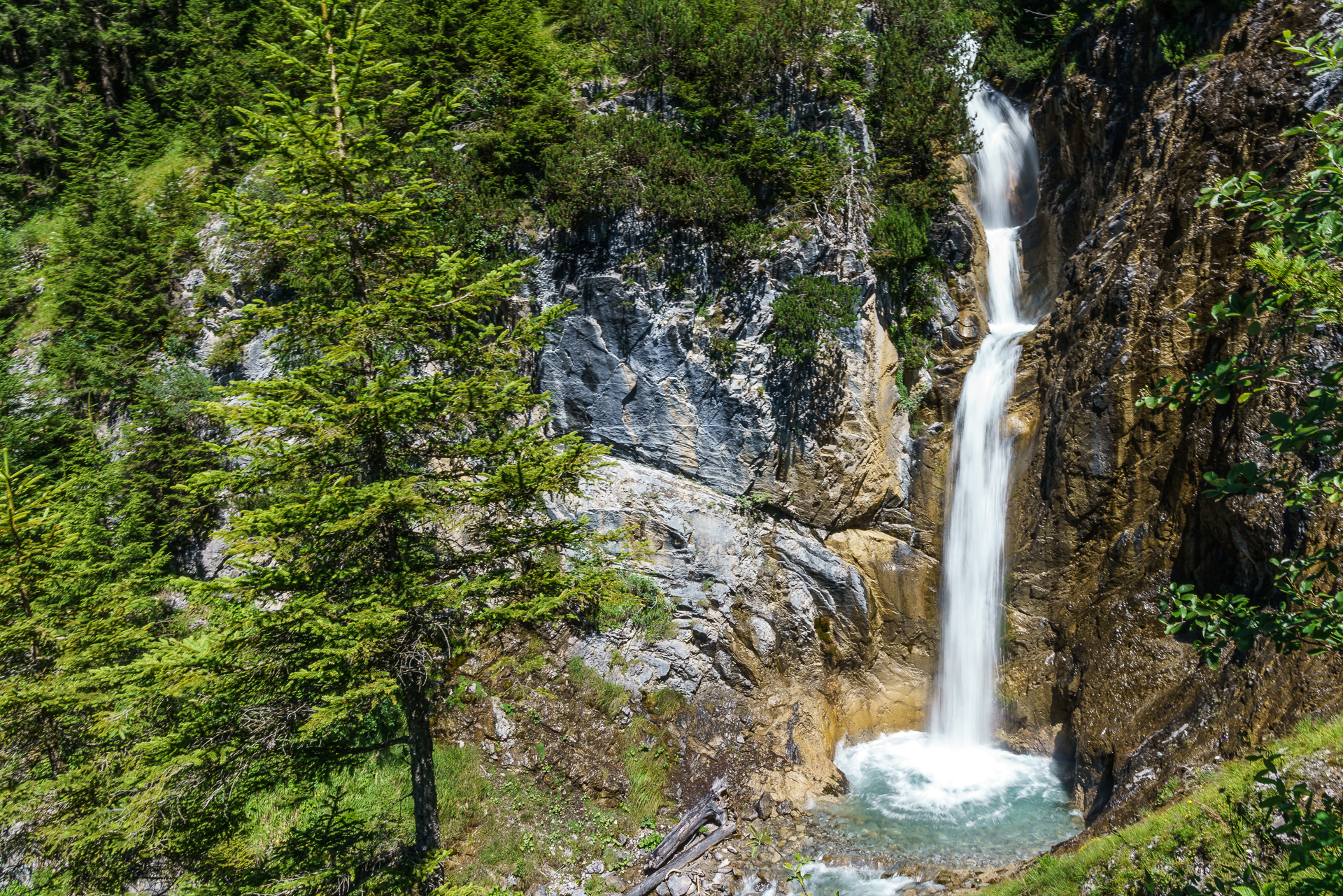
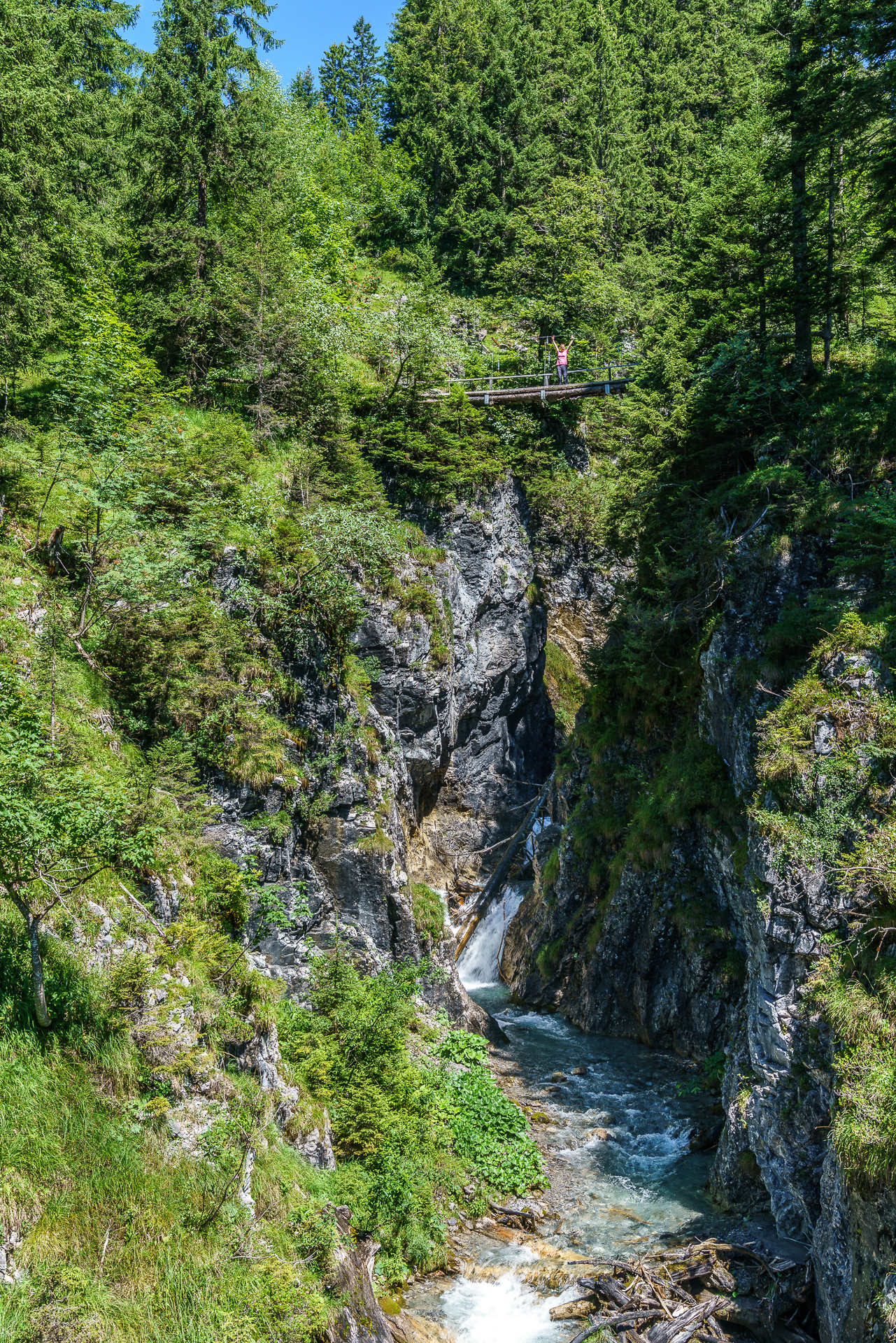
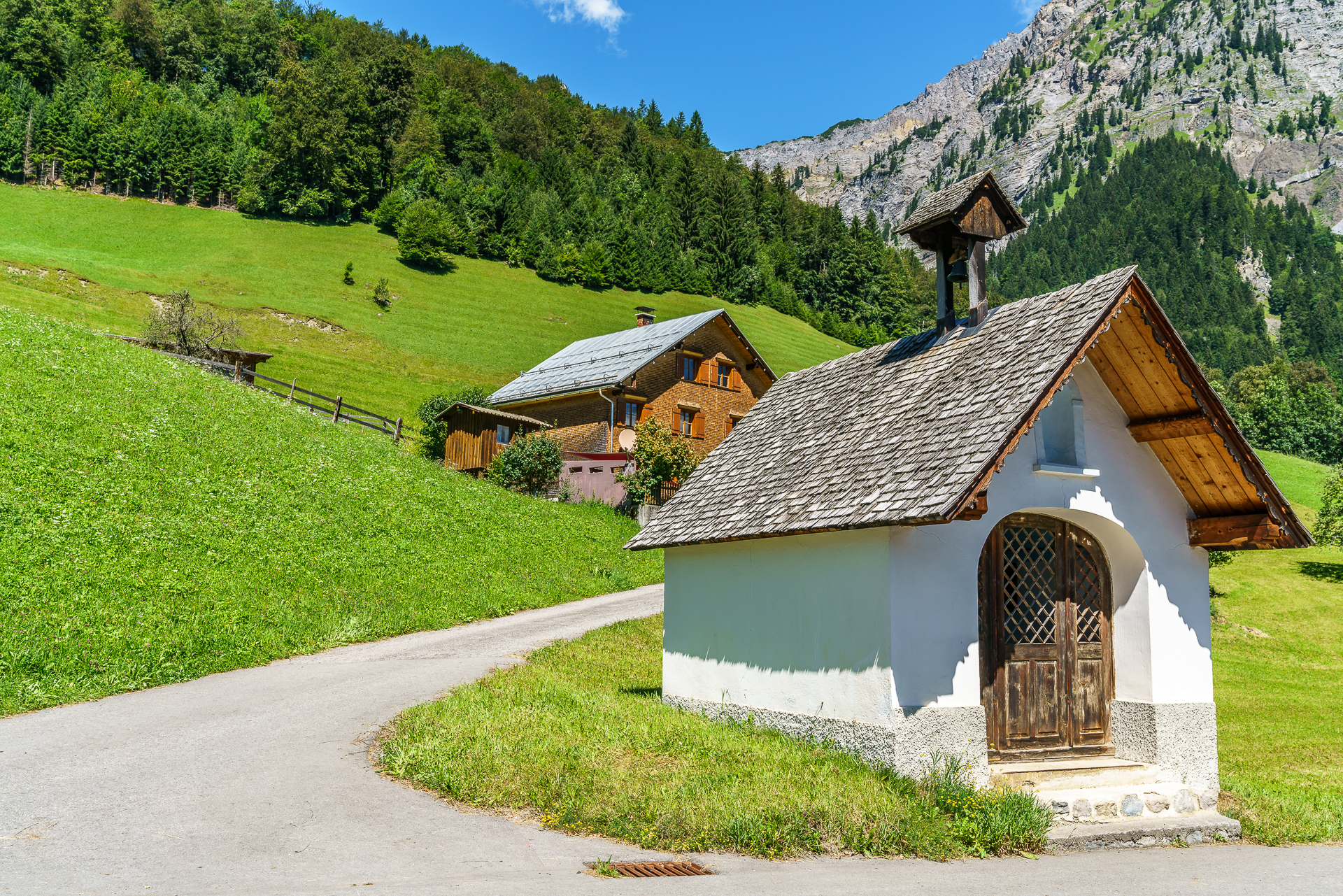
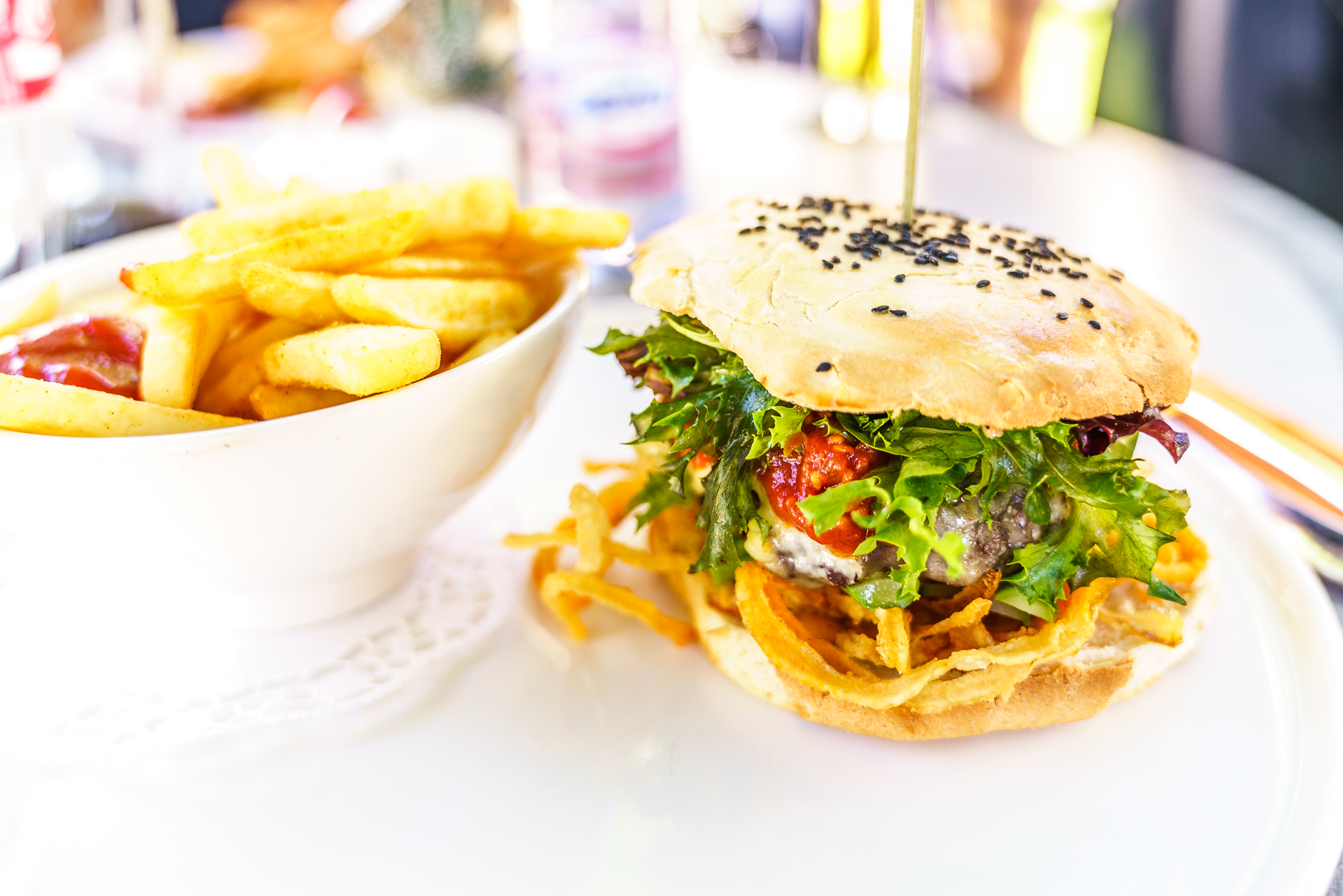
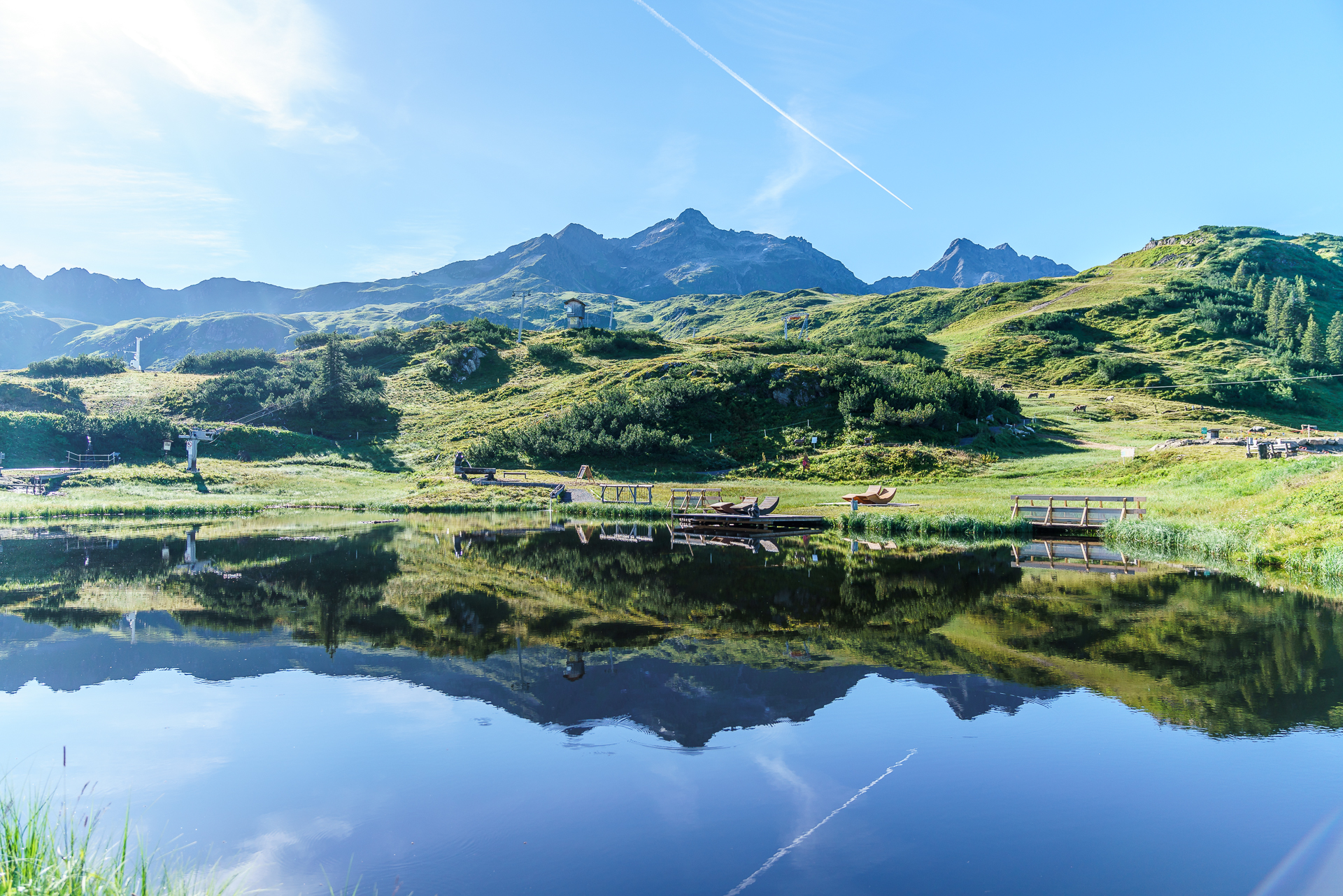
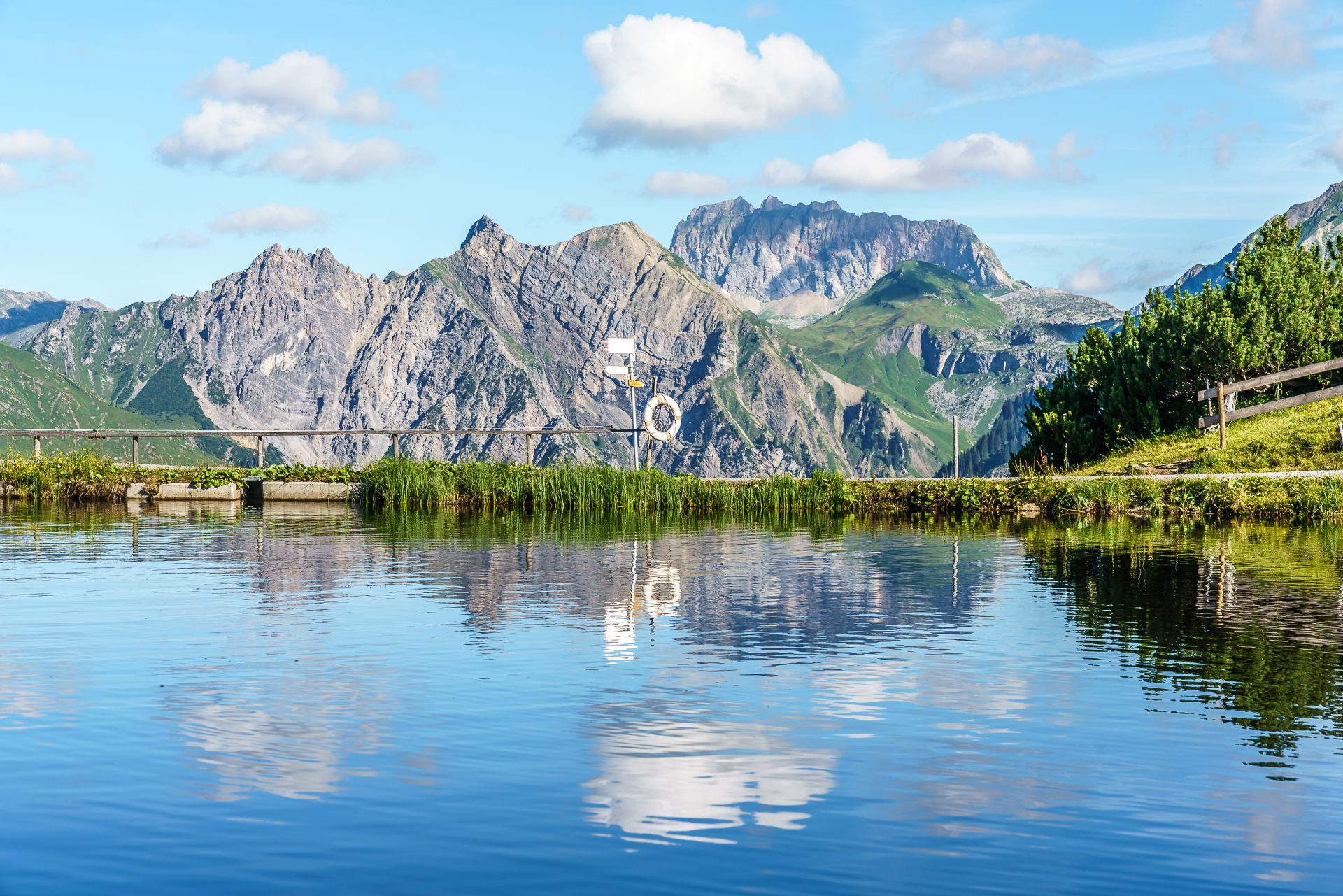
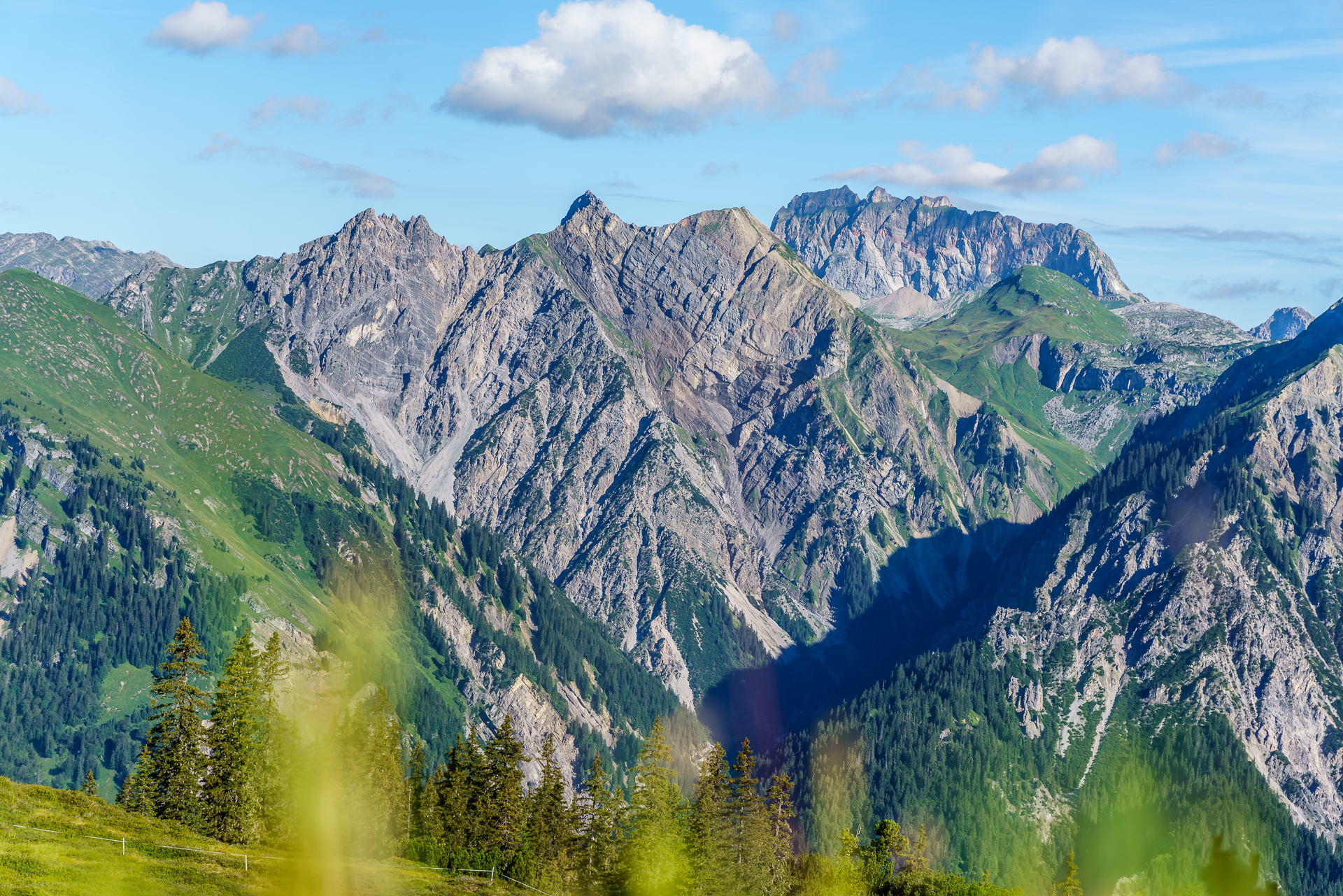
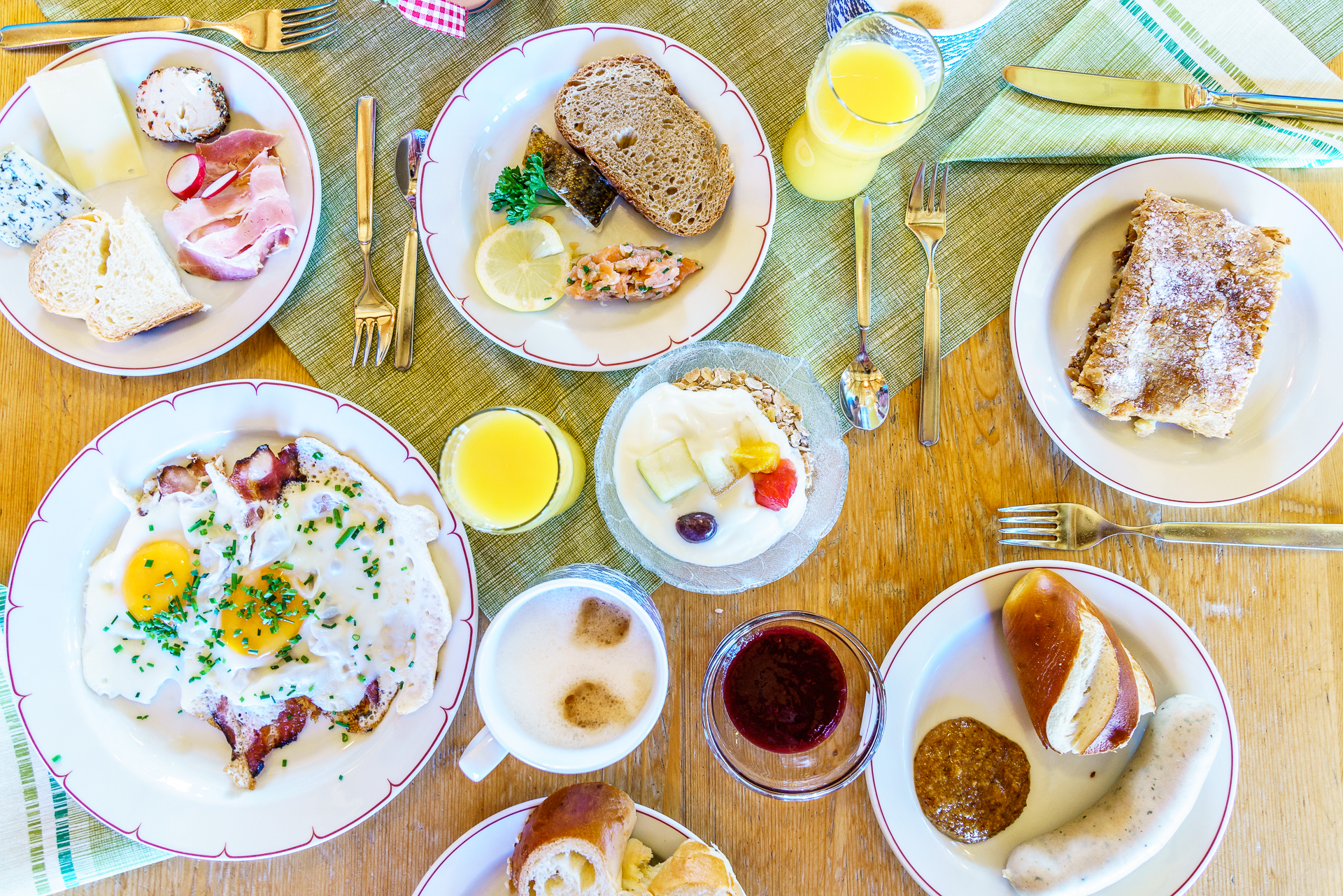
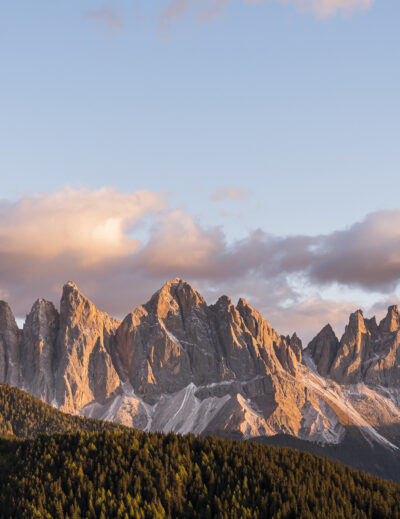
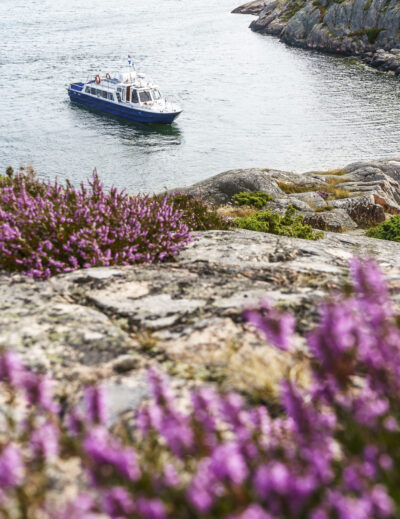
Leave a Reply